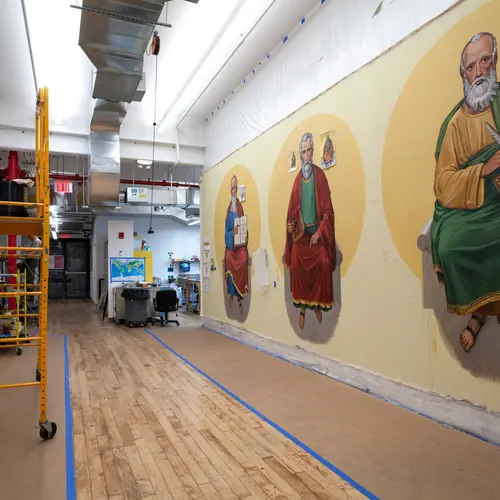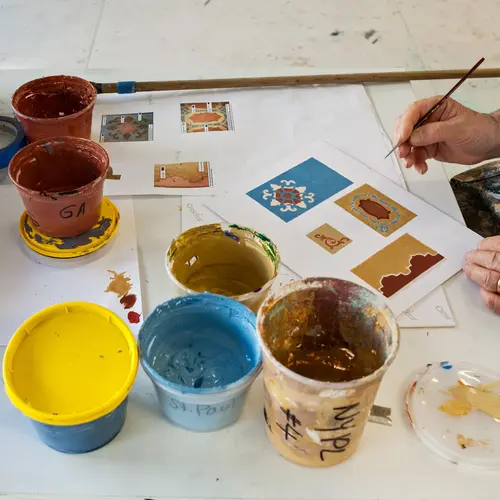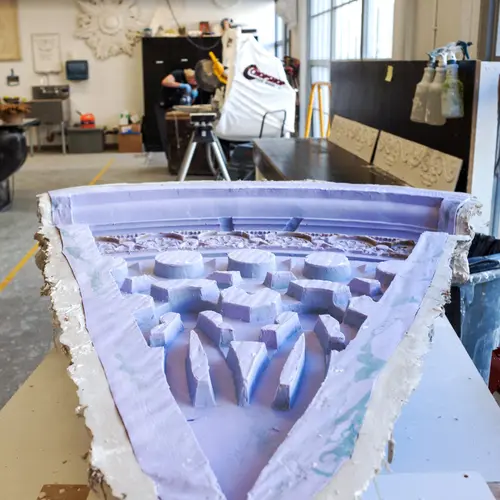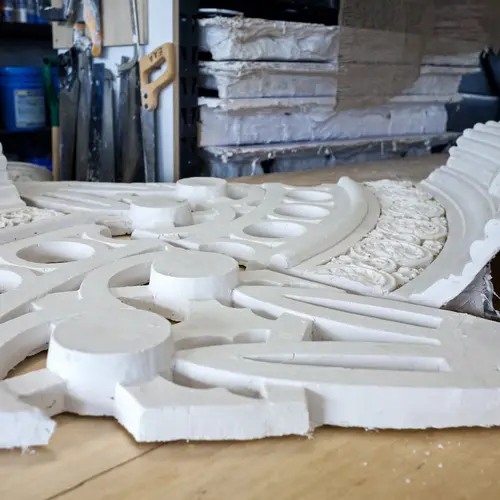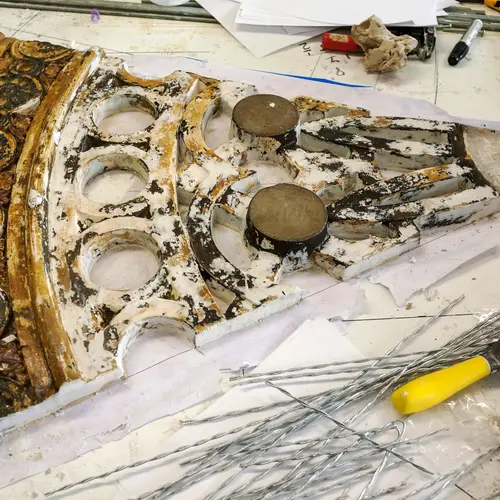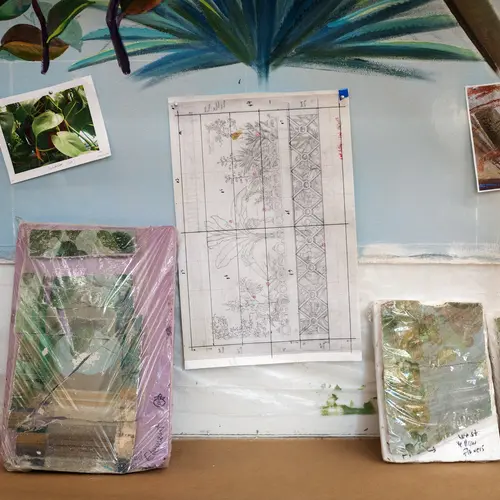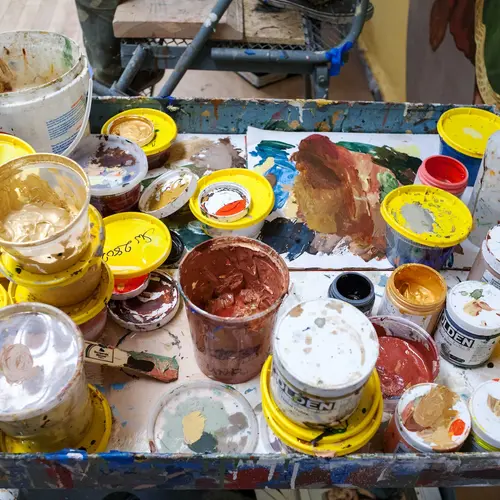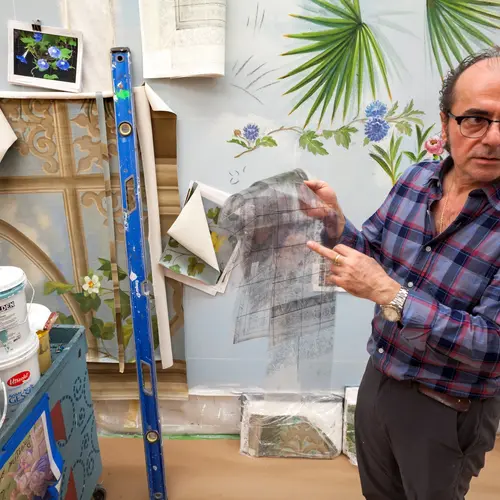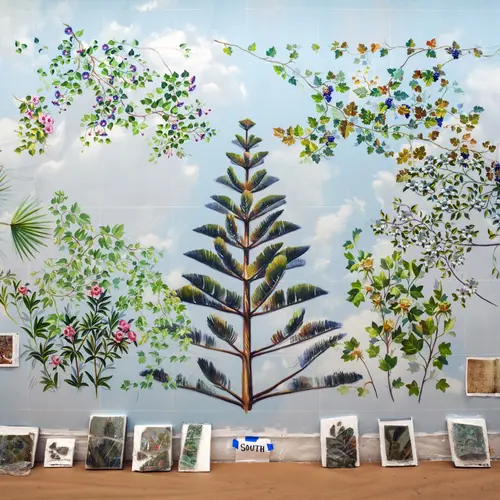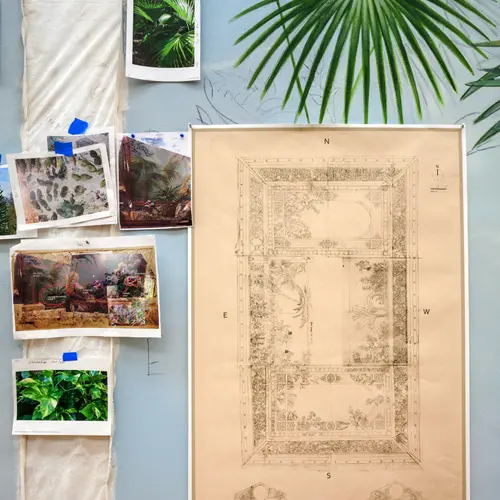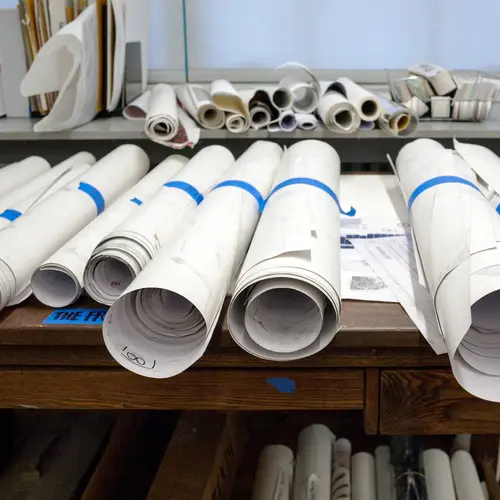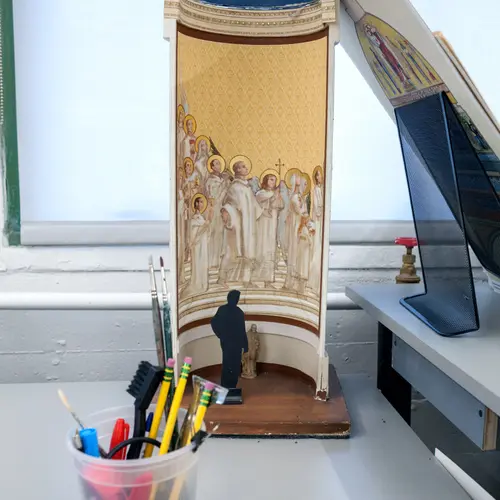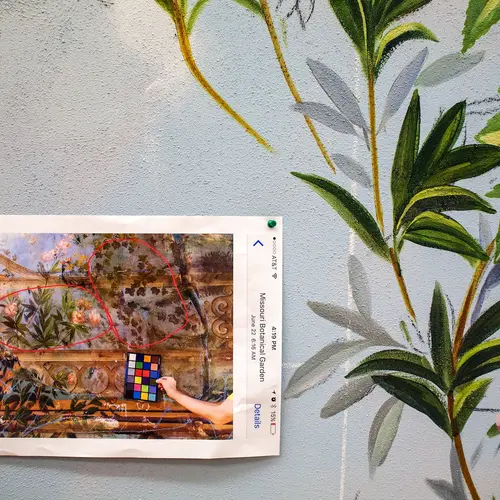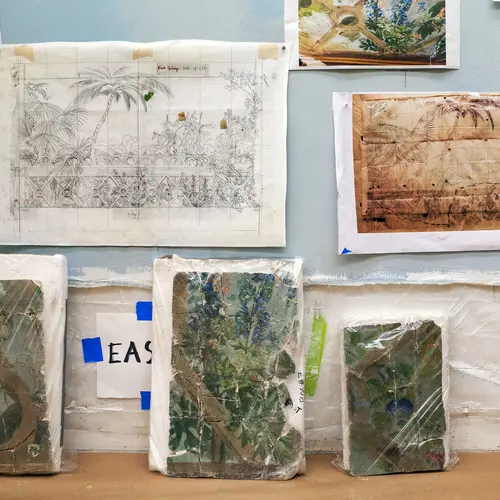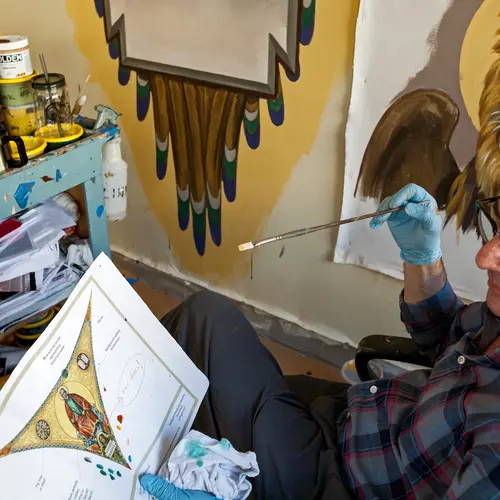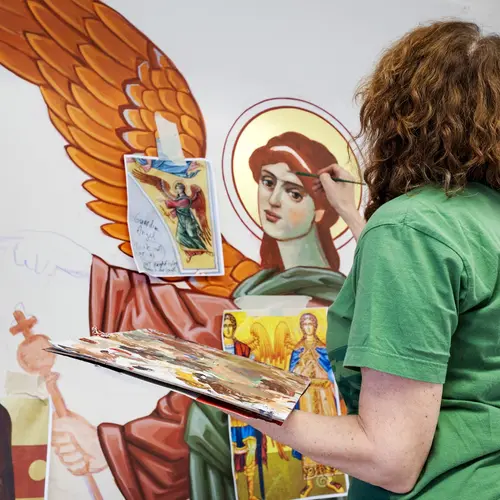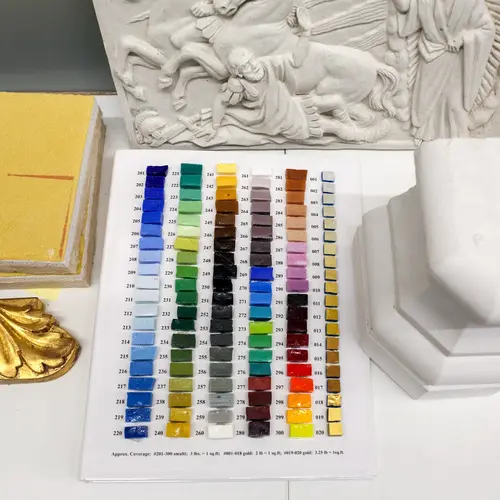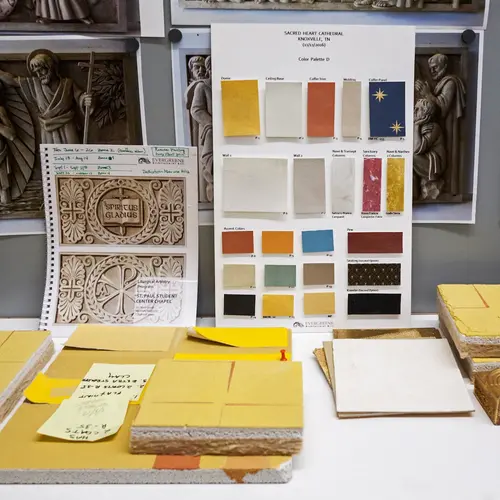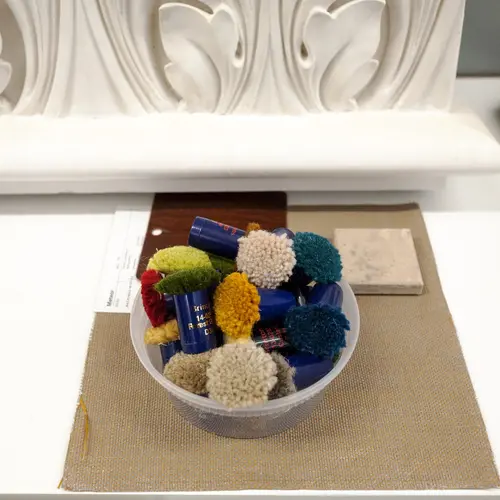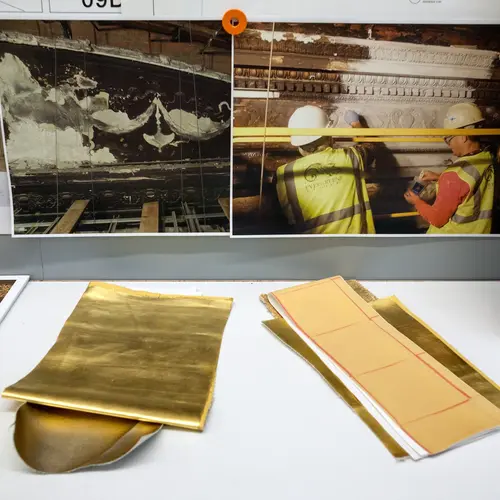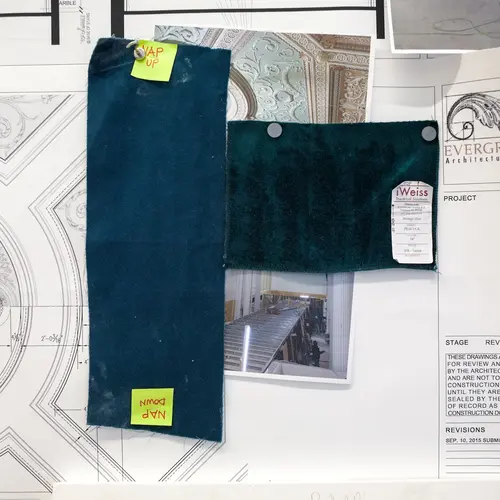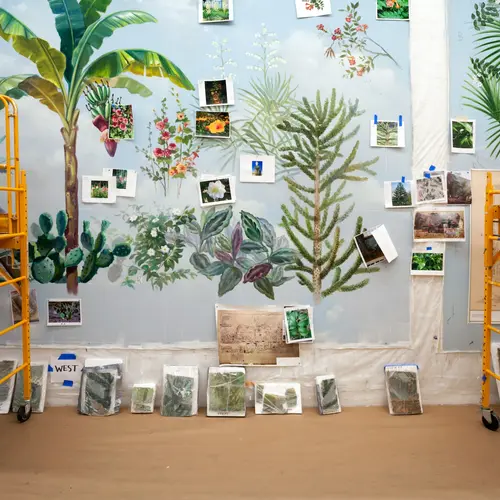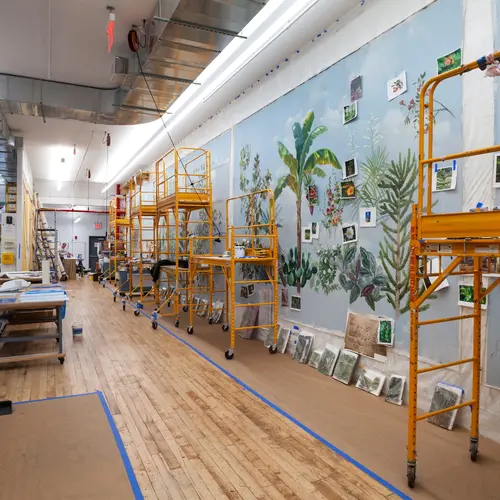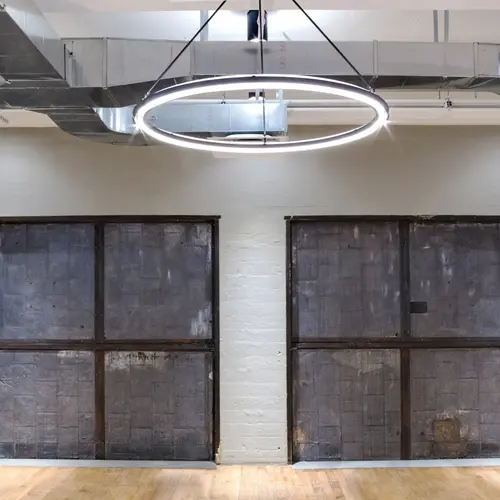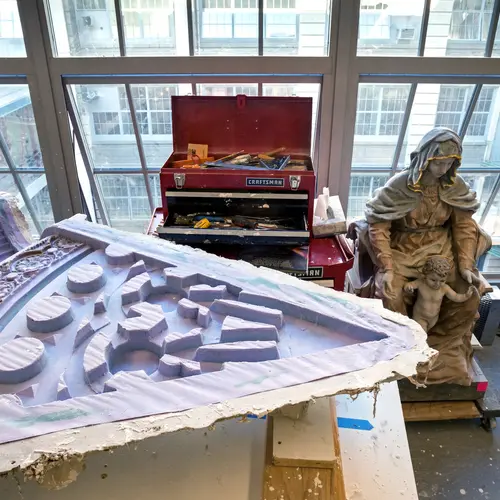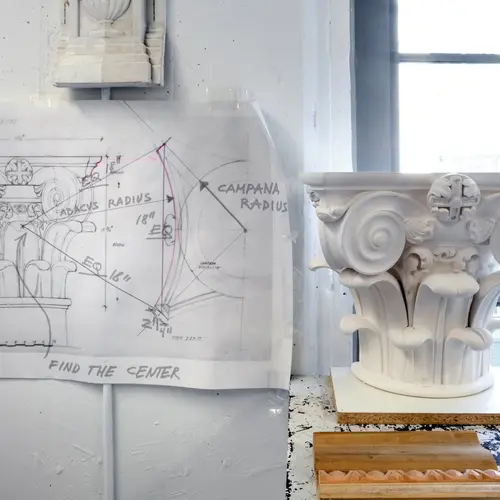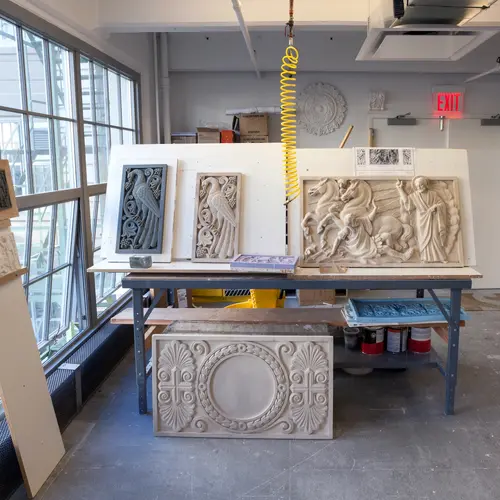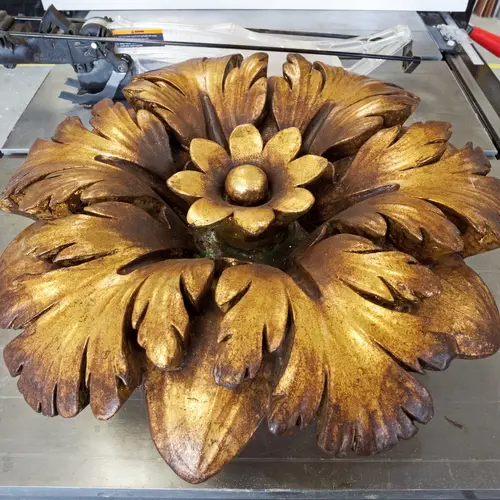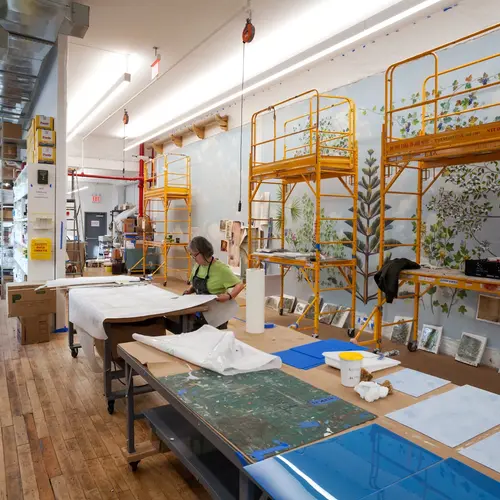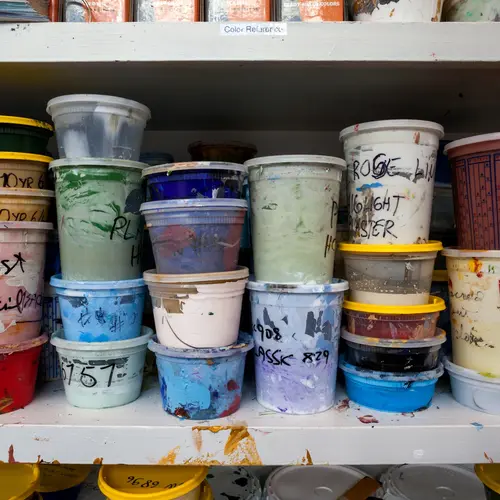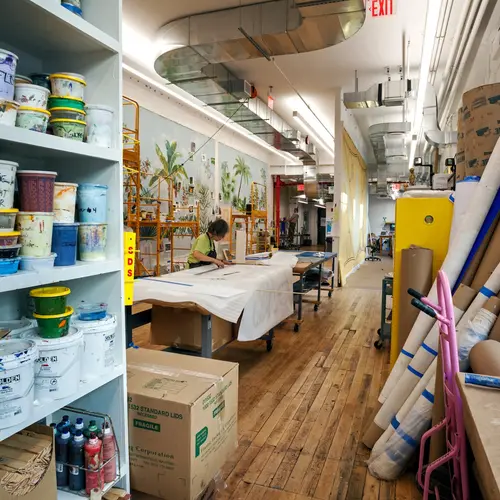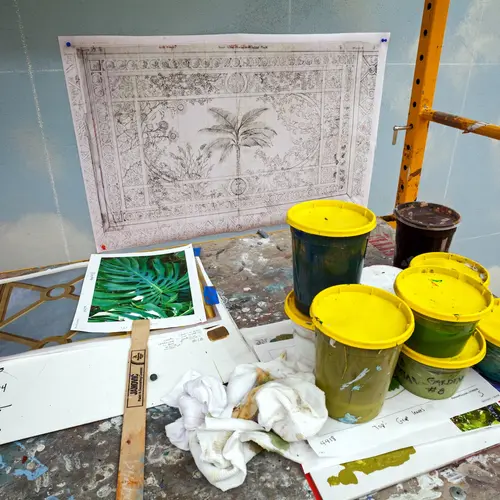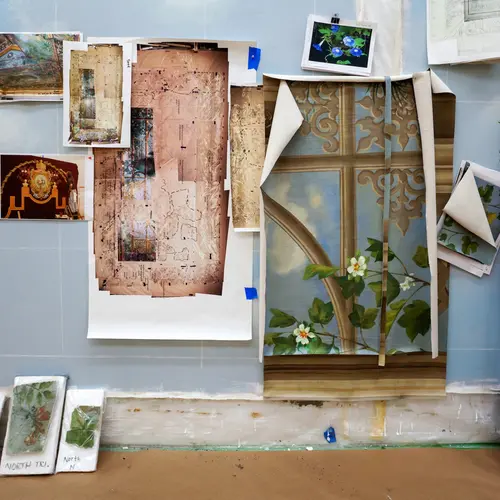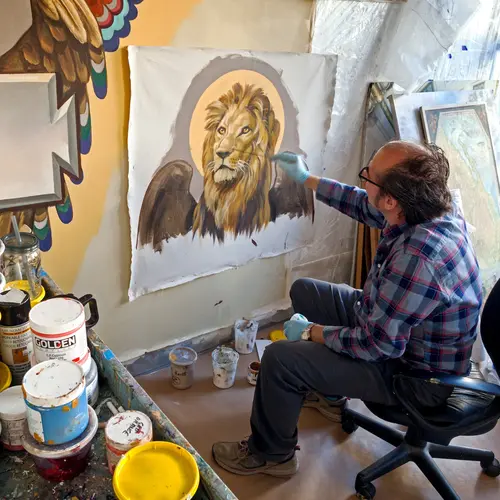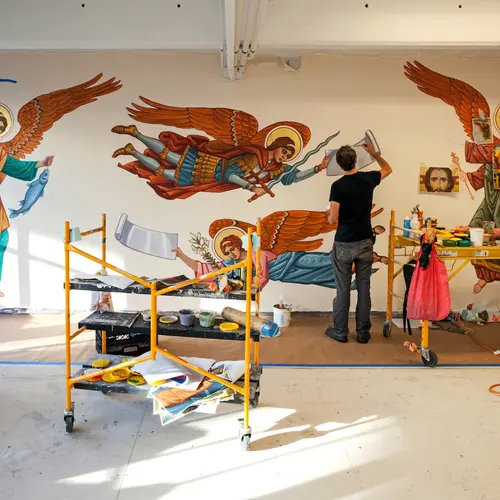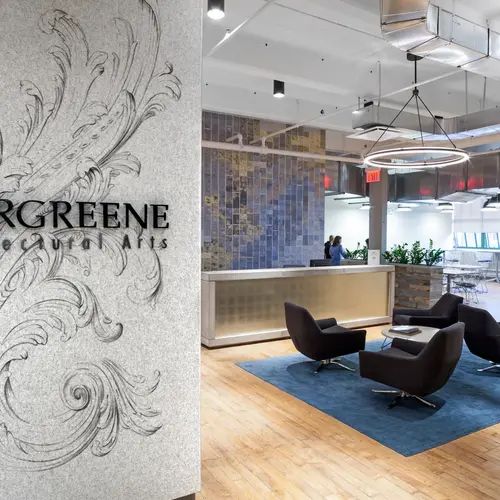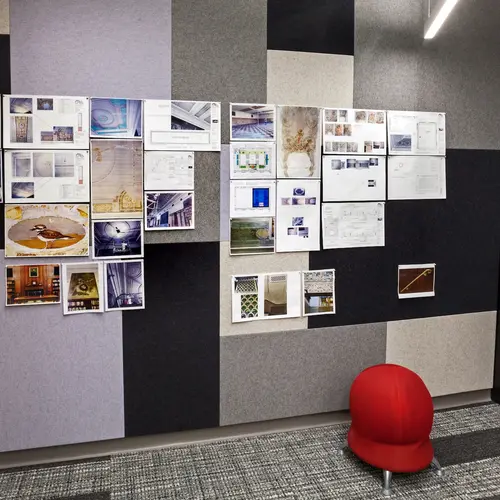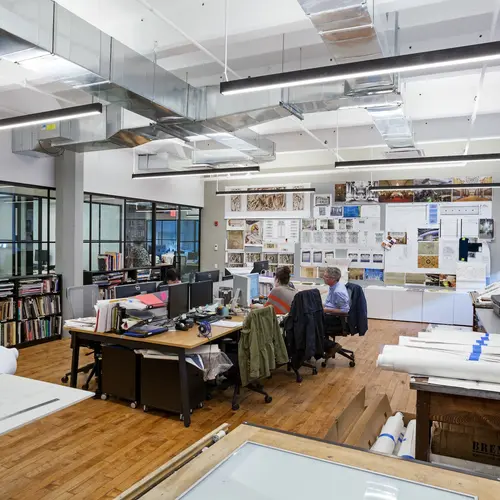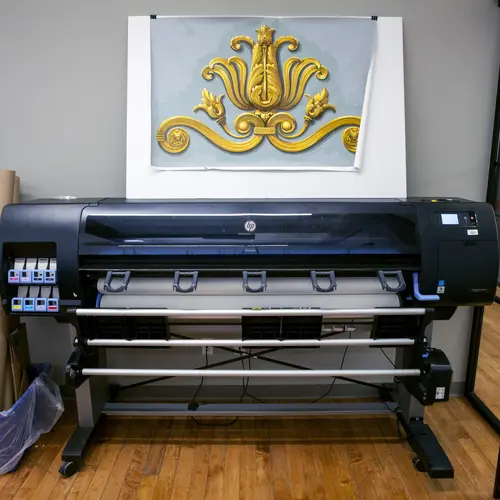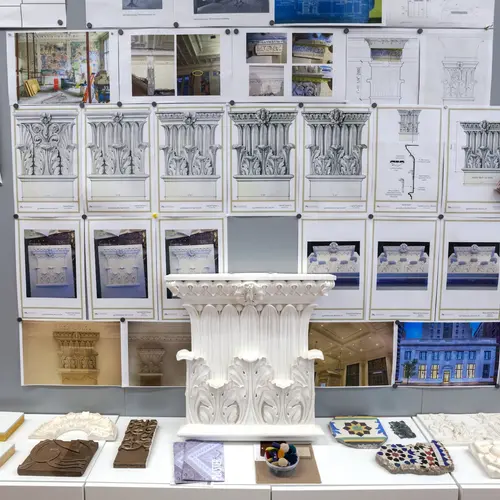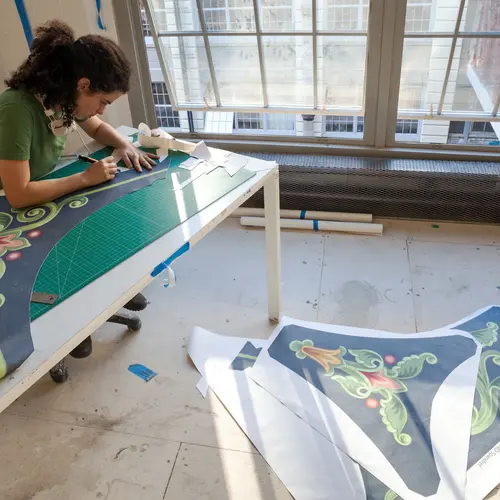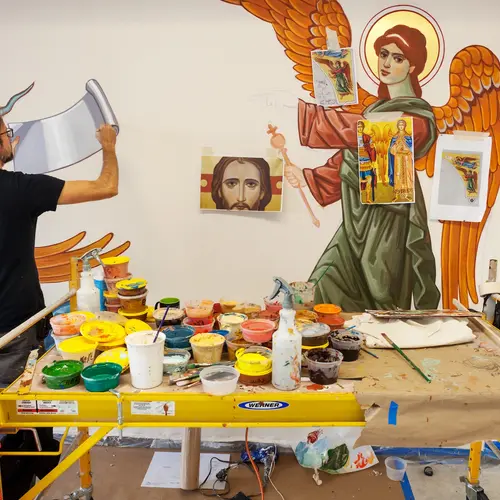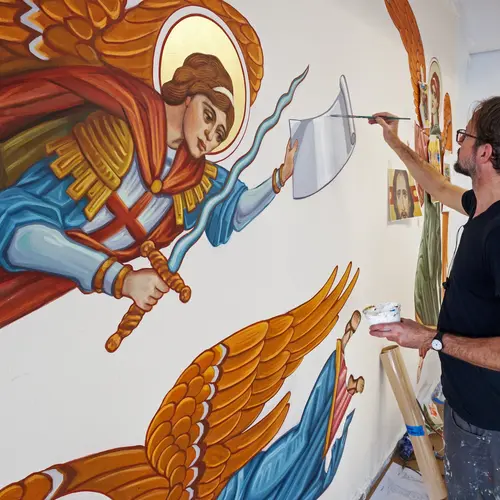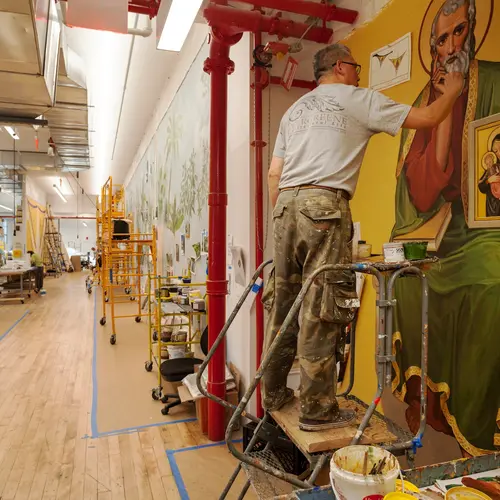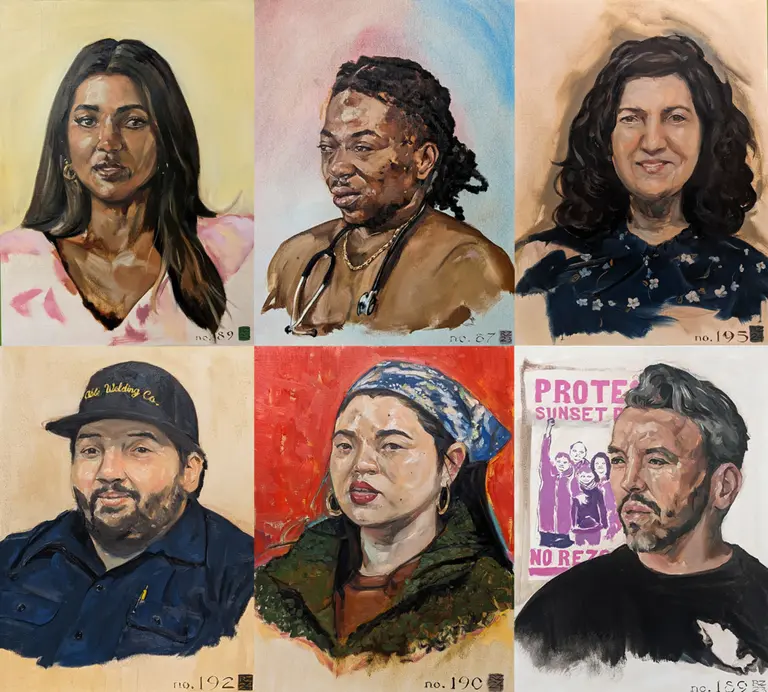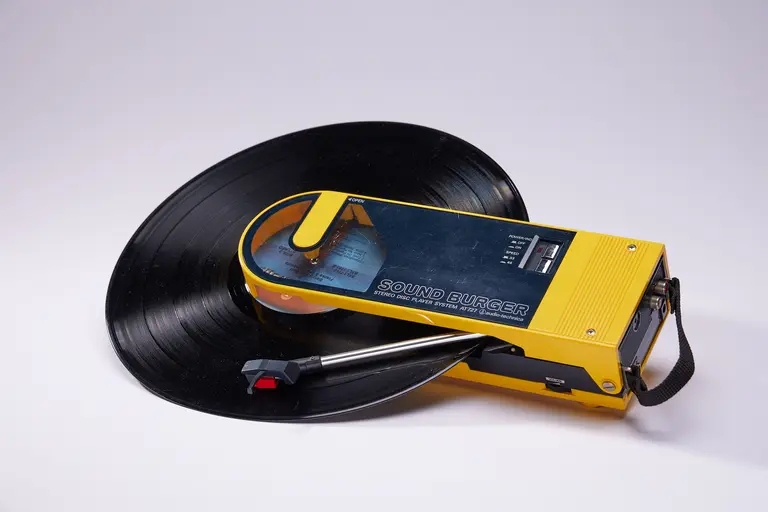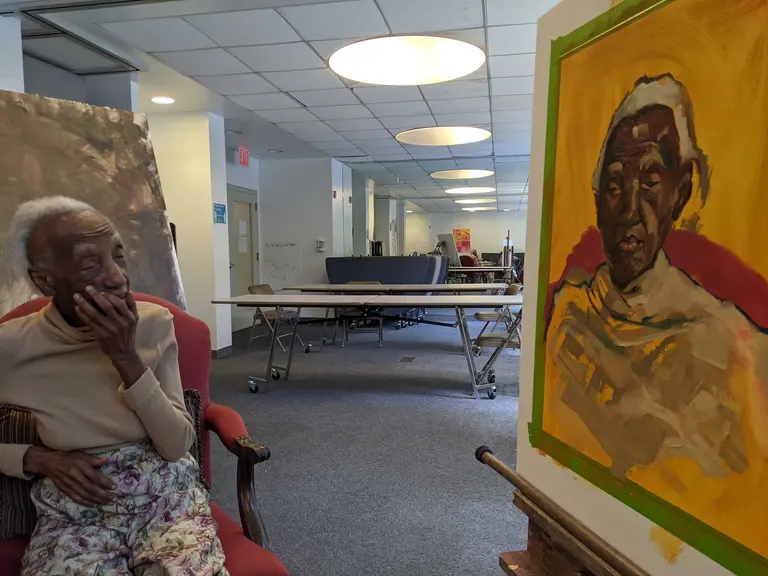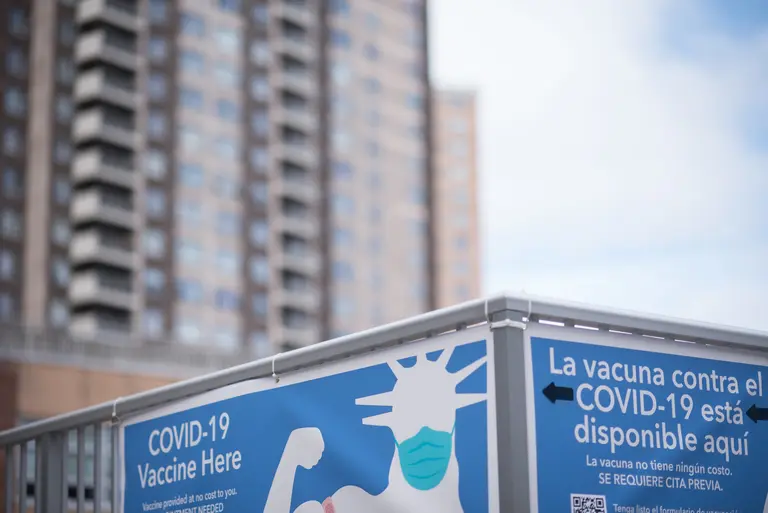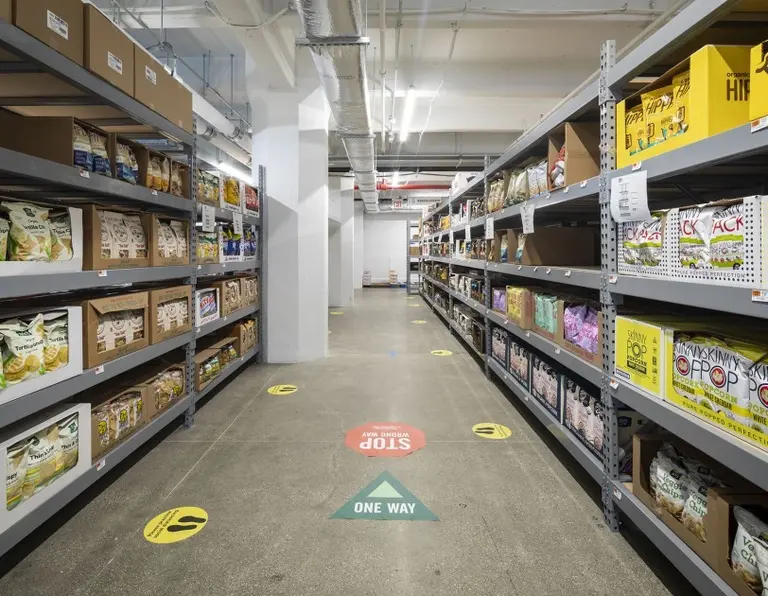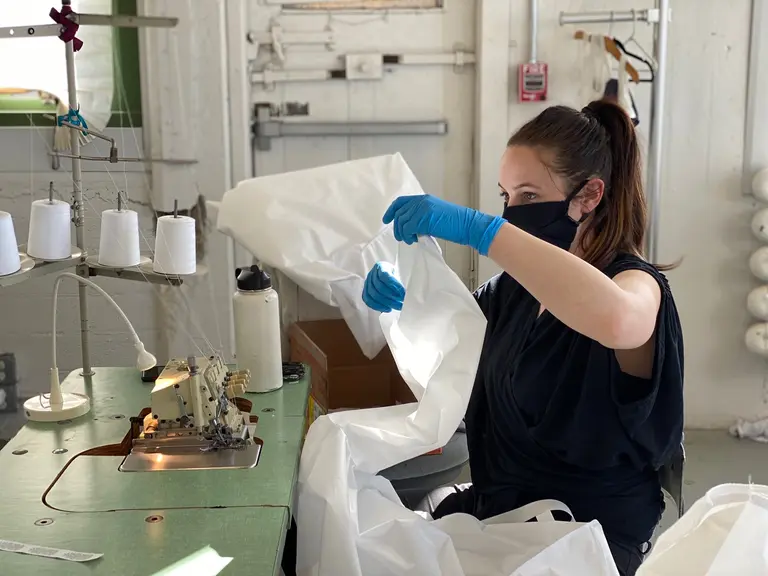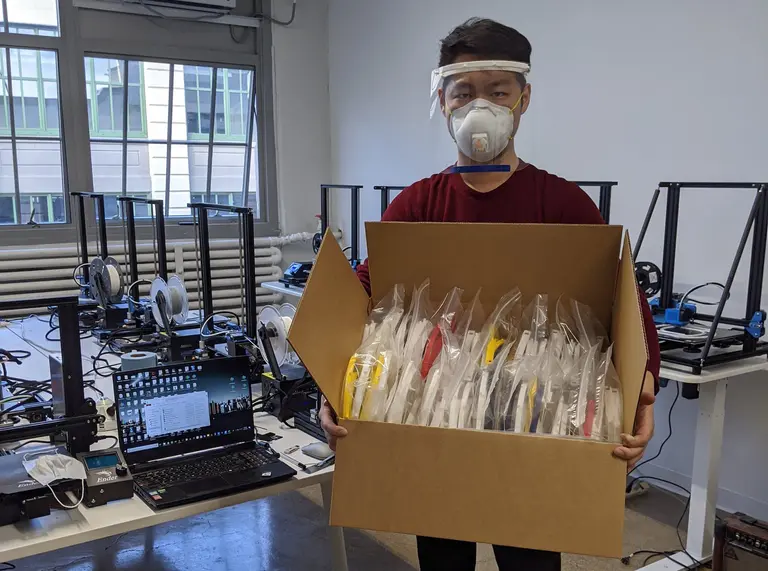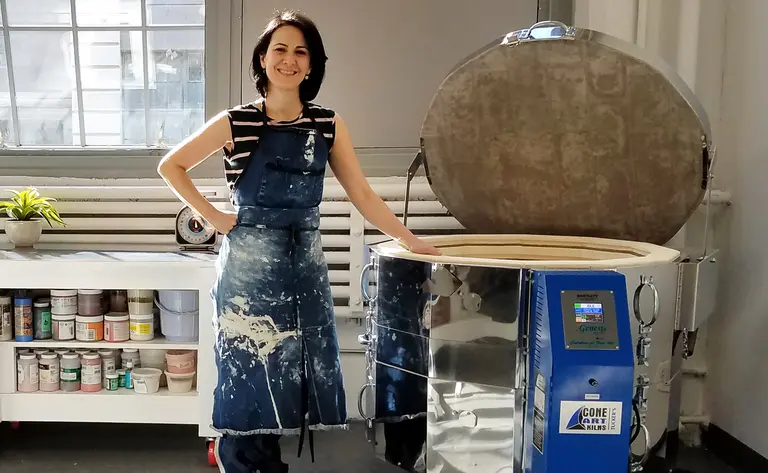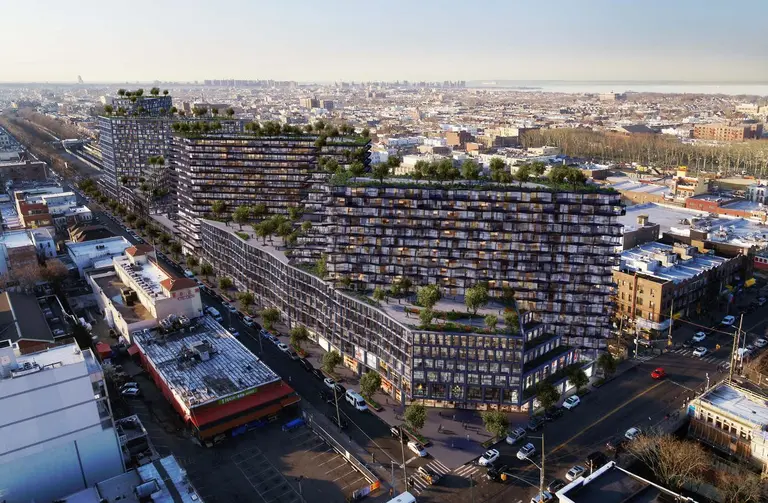Where I Work: Inside the plaster and mural studios at Evergreene Architectural Arts
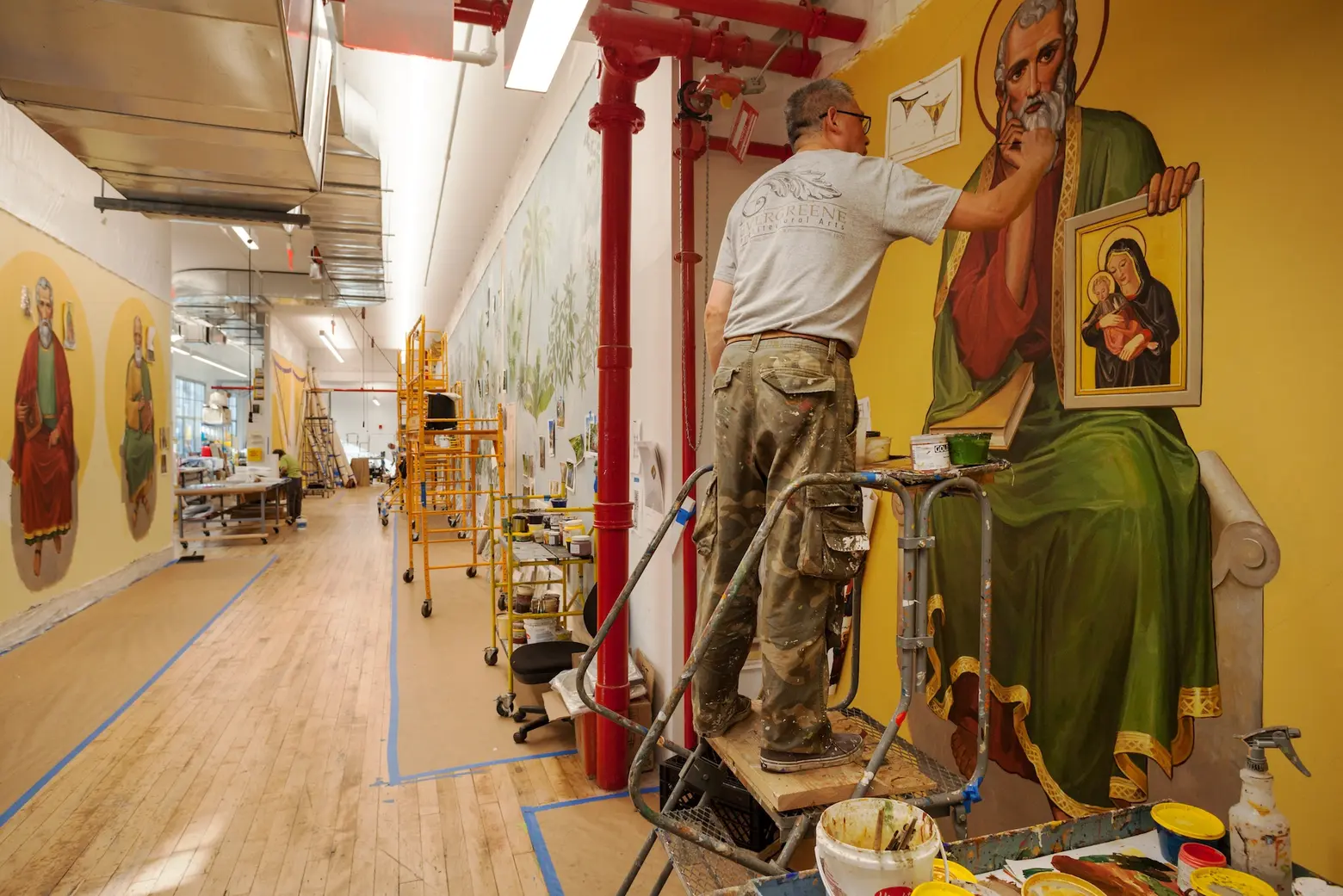
6sqft’s new series “Where I Work” takes us into the studios, offices, and off-beat workspaces of New Yorkers across the city. In this installment, we’re touring the Industry City space of Evergreene Architectural Arts, one of the nation’s foremost restoration and conservation firms.
On Monday evening, the Historic Districts Council will present their 29th annual Landmarks Lion Award to Jeff Greene of EverGreene Architectural Arts, one of the nation’s foremost experts in specialty contracting for both traditional and new, innovative techniques for restoring and conserving murals, ornamental plaster, and decorative finishes. “Jeff has been pivotal in restoring some of New York City’s most beloved landmarks to their proper glory,” said HDC’s executive director Simeon Bankoff. And indeed, this is true; their commissions include the recent restoration of the New York Public Library’s Rose Reading Room, Brooklyn’s Loew’s Kings Theater, the Eldridge Street Synagogue, and the McKim, Mead and White-designed University Club, where the event will be held, and this only scratches the surface of their hundreds of projects throughout the country.
In anticipation of Jeff’s recognition, 6sqft was given a behind-the-scenes tour of EverGreene’s new office and studios in Industry City, where the firm’s master artisans were hard at work painting murals, casting plaster moldings, and researching the history of several upcoming projects. We also spoke with Jeff himself about what inspired him to get into the field (“I ate the crayons before marking the walls,” he says), how preservation has changed since he started the firm in 1978, and what some of his favorite projects have been.
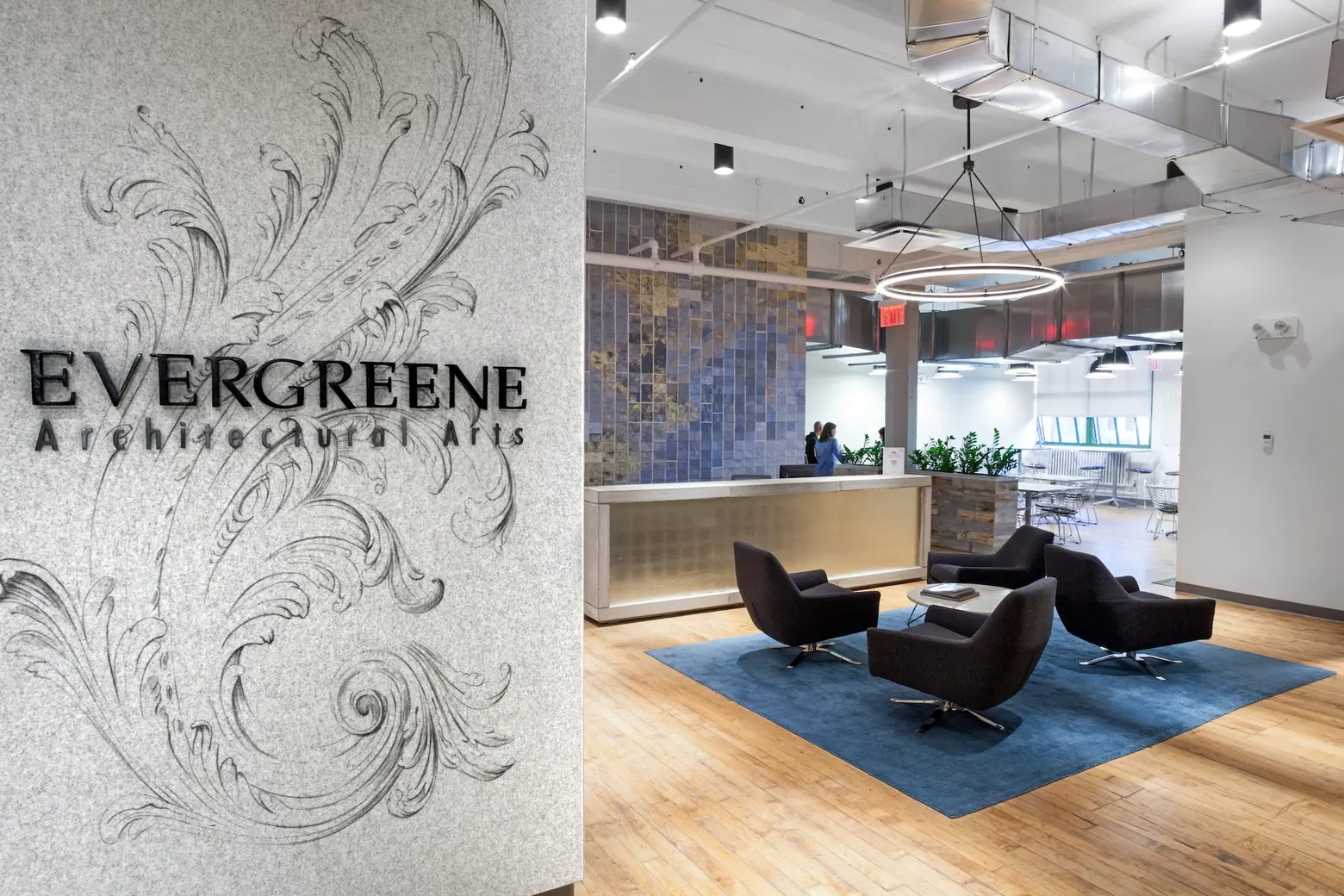
How did you first become interested in murals?
I saw my first mural in 1967 in Chicago entitled “Wall of Respect,” a visual from the black power movement. It struck me, even though I was just a kid not even in high school yet, that THIS is what I wanted to do. I love the idea of public art and making such a statement with a mural.

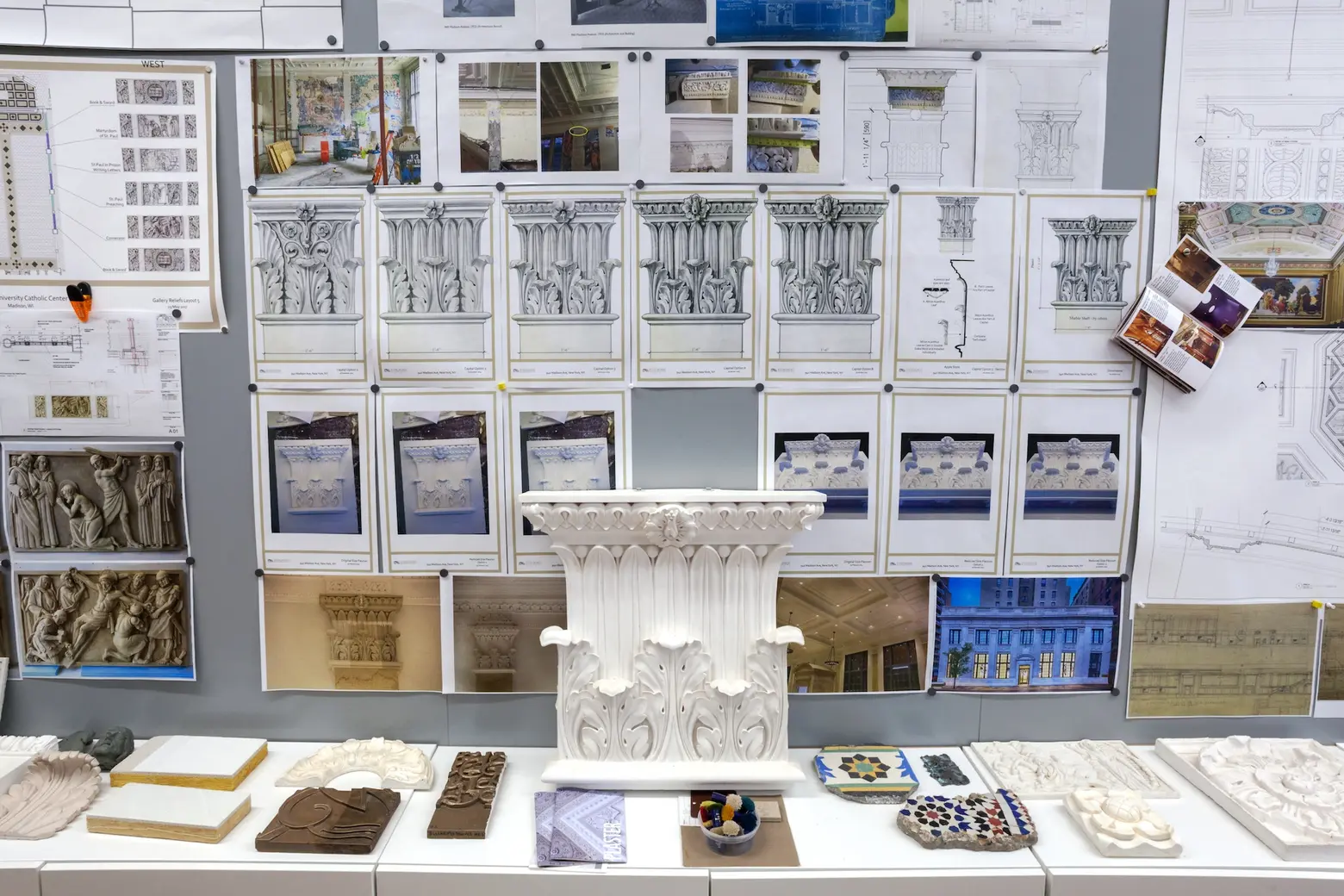
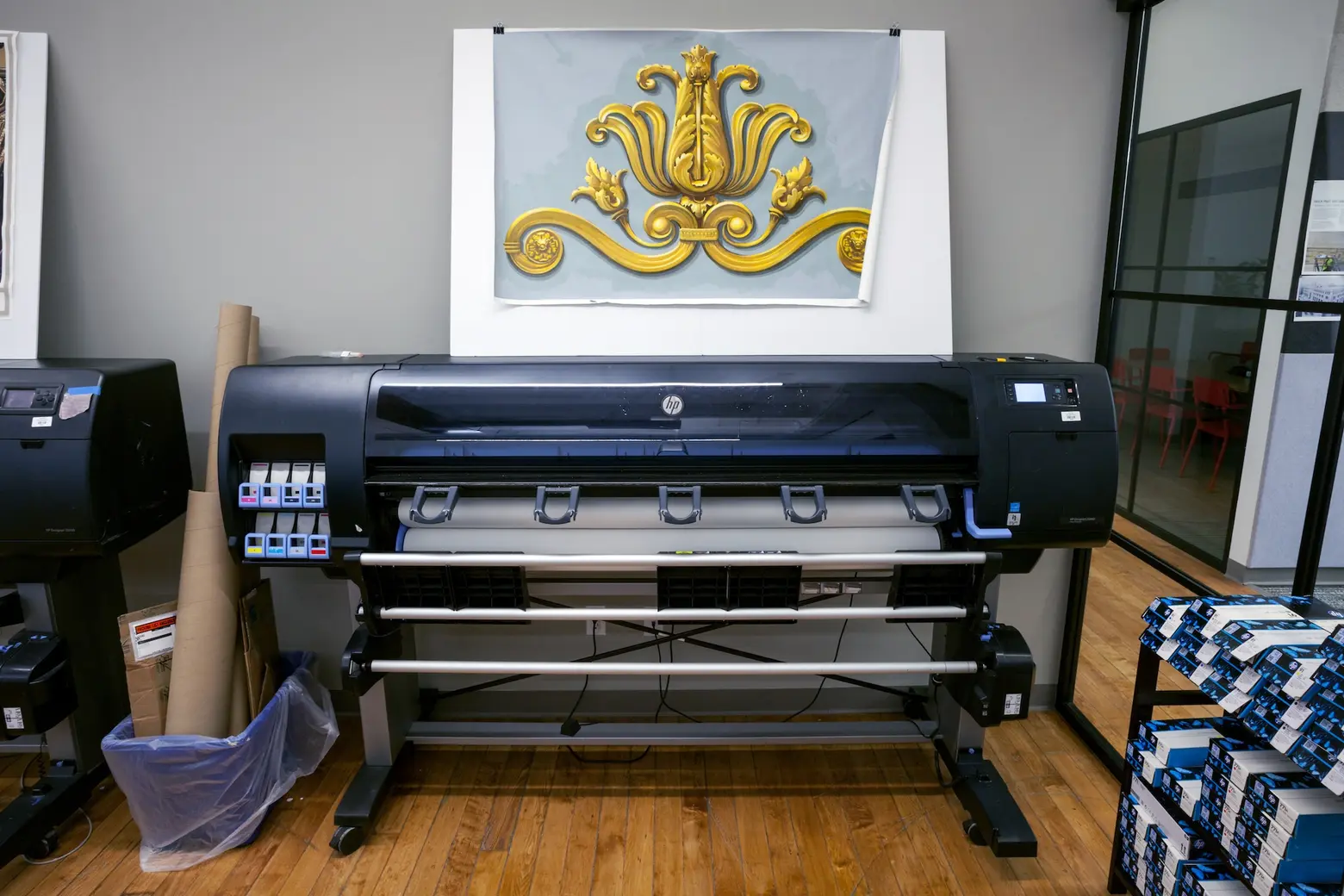
What led you to start your own business?
My brother is a portrait painter, and I am a trained painter and studied architecture in school. I started my career painting billboards in Times Square with a company Artkraft Strauss where I painted 20-foot heads. I could paint one head in a day and all the painters told me “No, it takes a week to paint a 20-foot head!” But I was fast and used many Renaissance techniques; I was a “pictural mechanic.” But then the Union went on strike, and I needed steady work so thus began EverGreene Architectural Arts.
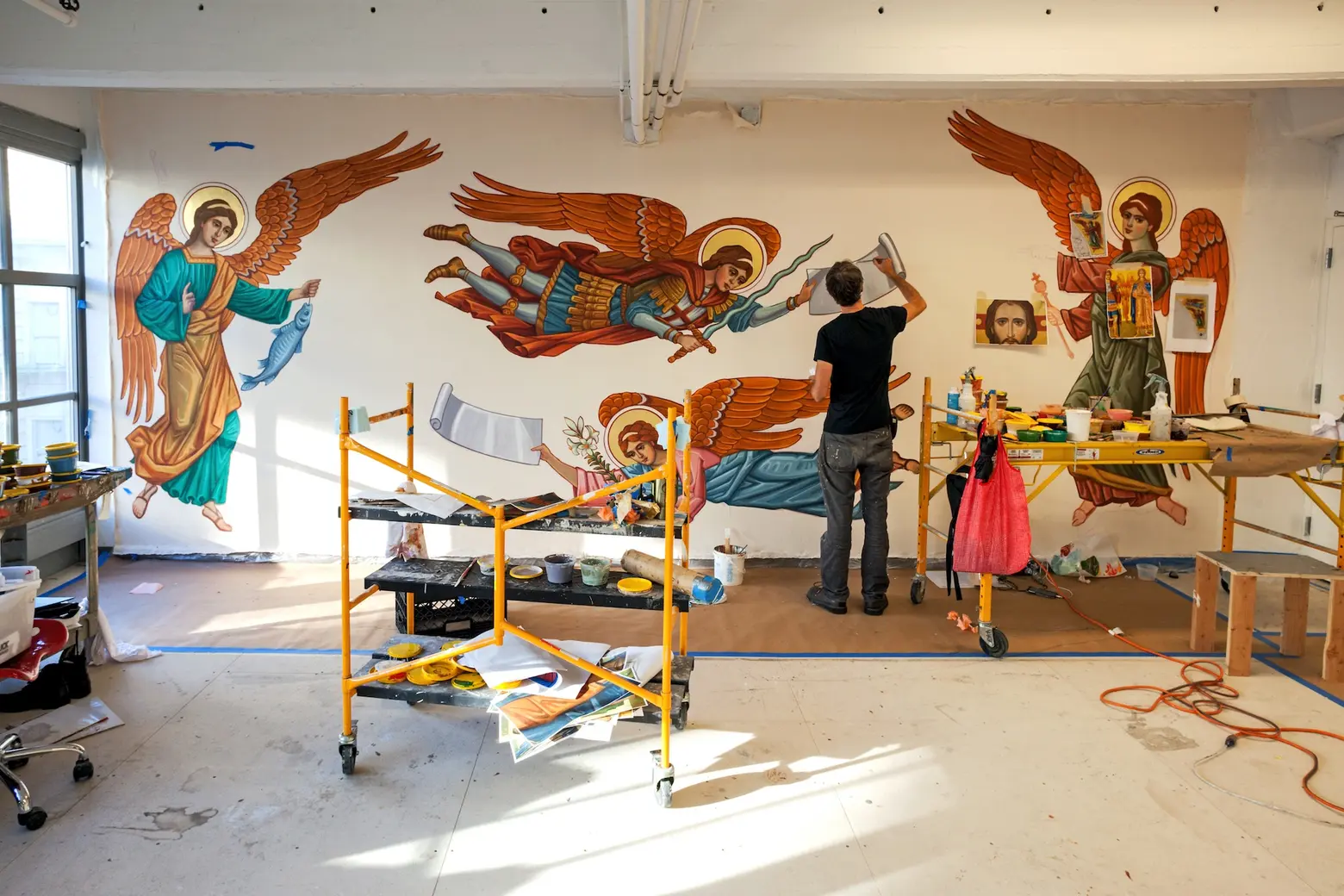 Artists paint religious figures for the Sacred Heart Cathedral in Knoxville, TN
Artists paint religious figures for the Sacred Heart Cathedral in Knoxville, TN
Tell us a bit about how you learned old-world techniques like lime fresco painting and creating the gypsum‐based faux marble known as scagliola?
Bill [Mensching, EverGreene’s Creative Director] and I went to college together at the School of Visual Arts where we had an instructor named John Button who taught fresco, and we both painted fresco murals as public art at the Siegel-Cooper Building on Sixth Avenue and 20th Street. It’s now the Bed, Bath, and Beyond but back then it was something called The Door, which was a youth support group who were helping young kids stay out of gangs and off of drugs. He and I worked on a fresco that I designed and he helped me paint, and then I got the Fresco Scholarship to the Skowhegan School of Painting & Sculpture up in Maine, which John Button ran. I went there after I graduated and that’s where I learned fresco painting, which also taught me how to plaster and build walls, which is where the affinity for what we do here came from.
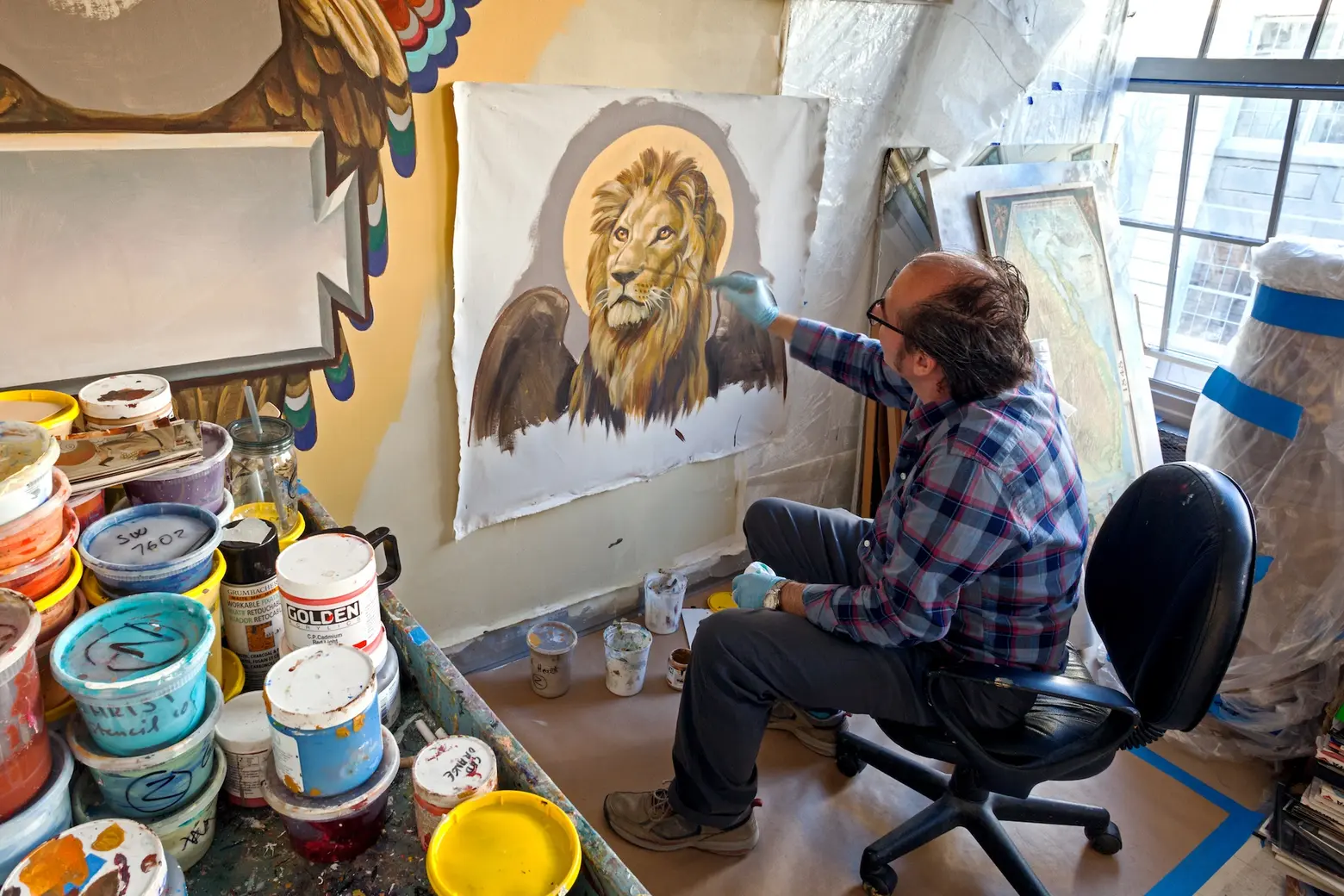
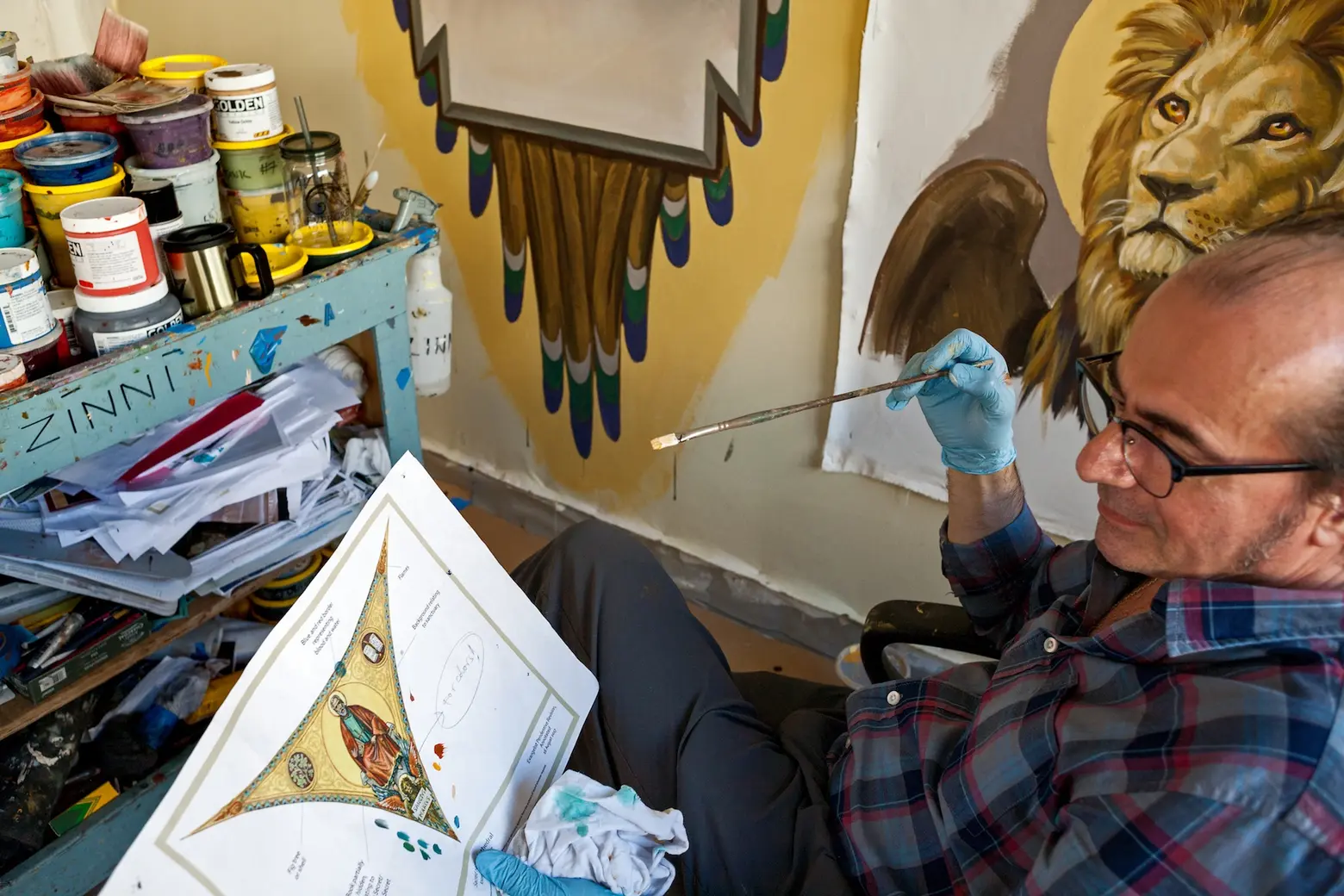 Painter Zinni Veshi works on murals for the Sacred Heart Cathedral
Painter Zinni Veshi works on murals for the Sacred Heart Cathedral
But back in college, I saw a group of Scottish guys making over Louis Sullivan’s stock trading room at the Art Institute. It had been torn down and they were rebuilding it for the museum and doing scagliola [an ancient technique for imitating marble by mixing plaster with color]. I spent the next 15 years fascinated and trying to find out what it was. Then in 1987 we got the job to do the New Jersey State House, which was a huge project to restore all the scagliola. I brought over all these craftsmen from England and we did a joint venture partnership, which is where I really learned to do it.
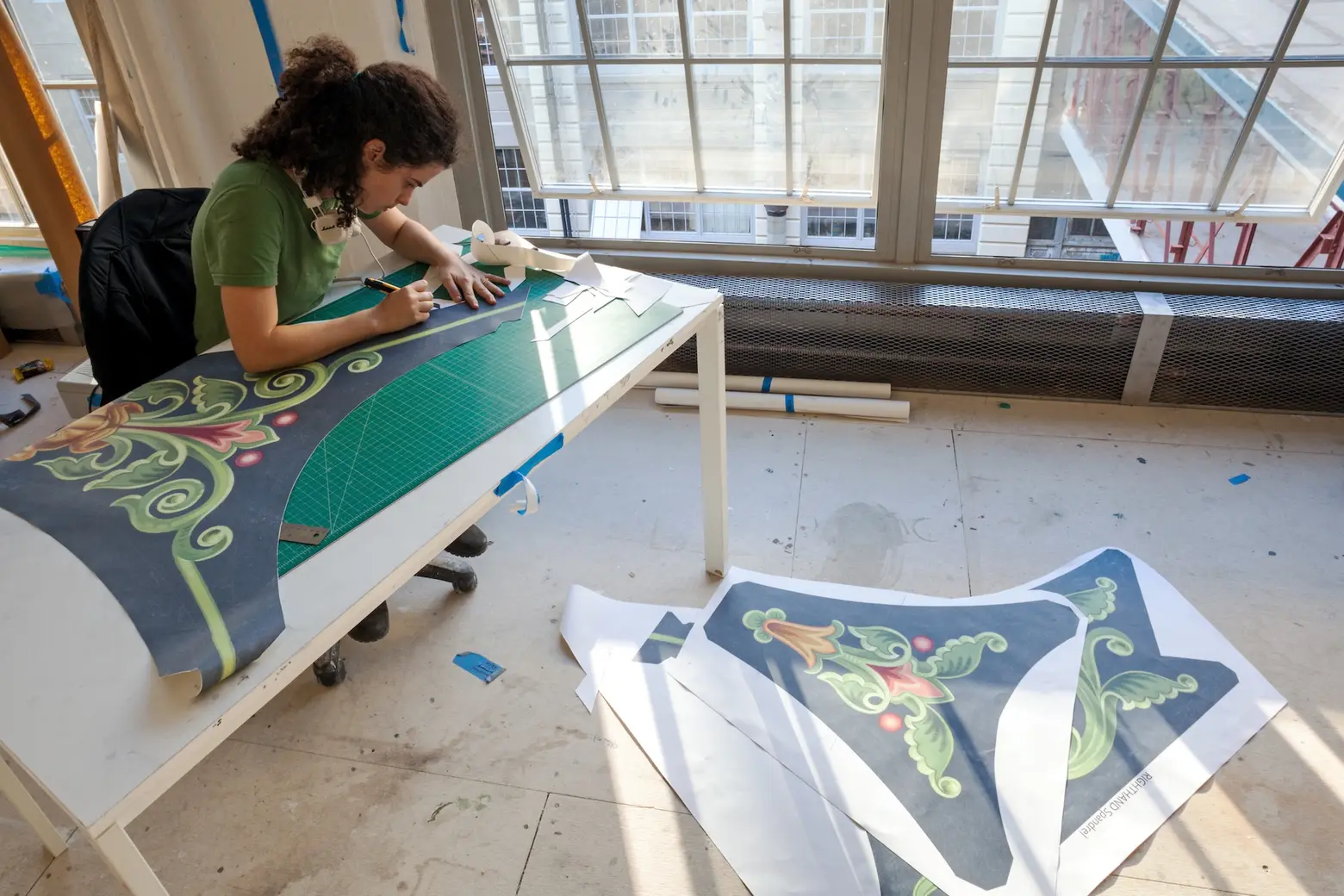
Was there one project that really put your firm on the map?
When we did George Bush Senior’s office in 1986. He was the Vice President under Reagan. And it got a Proxmire Golden Fleece award for the most frivolous expenditure of federal funds, and I’m proud of that to this day.
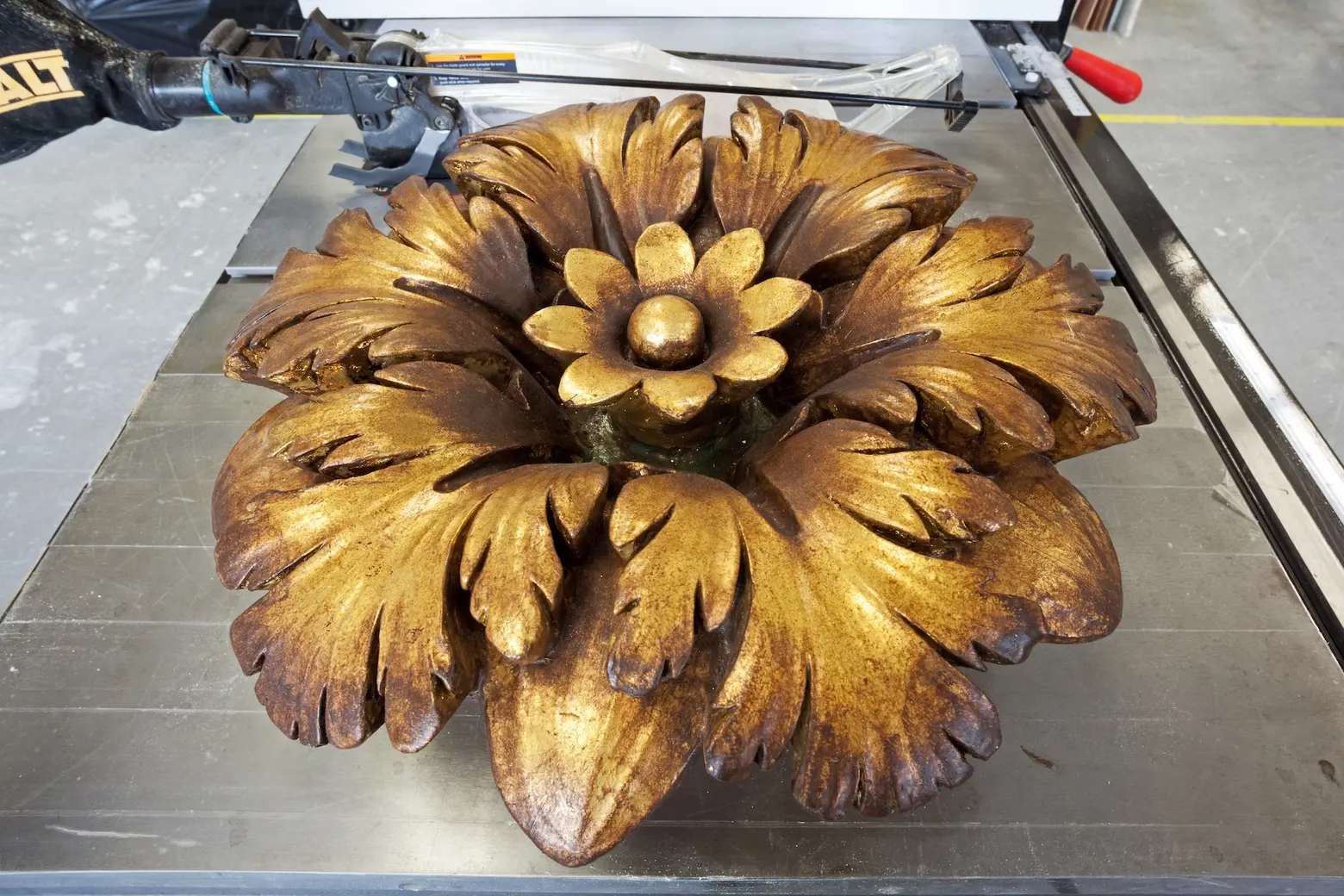 A rosette from the NYPL’s Rose Main Reading Room. An incident in 2014 where one of them fell more than 50 feet from the ceiling is what spurred the $15 million restoration. In addition to securing these iconic plaster rosettes, EverGreene provided a historic finishes investigation and report, repaired the ceiling facades, and repaired all decorative plaster elements.
A rosette from the NYPL’s Rose Main Reading Room. An incident in 2014 where one of them fell more than 50 feet from the ceiling is what spurred the $15 million restoration. In addition to securing these iconic plaster rosettes, EverGreene provided a historic finishes investigation and report, repaired the ceiling facades, and repaired all decorative plaster elements.
You worked on restoring the NYPL’s Rose Main Reading Room, a project that received a lot of press and recently led to the interior’s landmarking. At the LPC hearing, Chair Meenakshi Srinivasan said, “This is the most important case in my time as a commissioner.” Why do you think that’s so?
It plays a very significant role in that it’s open to the public. If it wasn’t landmarked, they could modernize that room and destroy it. So I think it was long overdue.
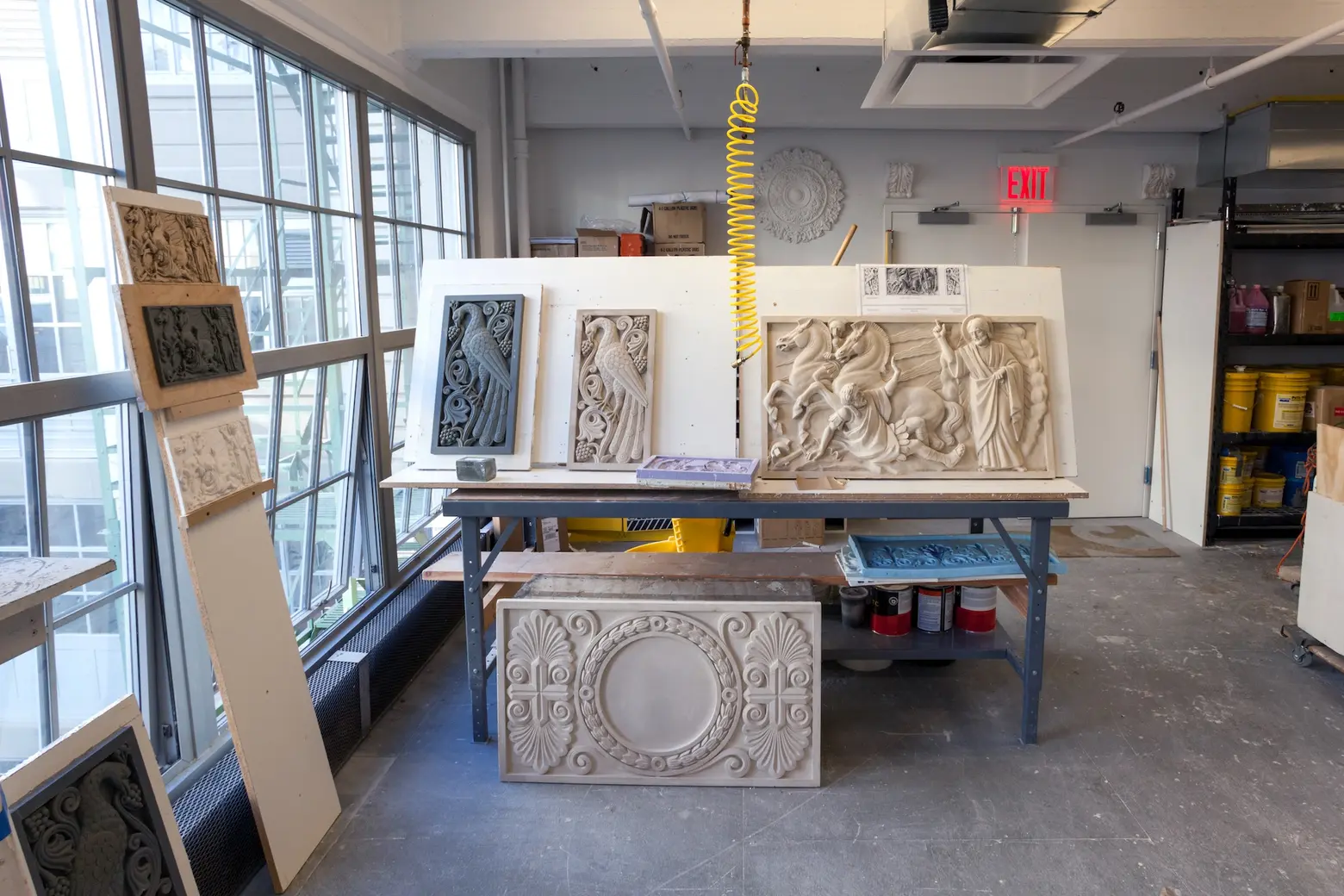 This plaster work is for a project at the St. Paul University Catholic Center in Madison, WI
This plaster work is for a project at the St. Paul University Catholic Center in Madison, WI
EverGreene has worked on close to 400 historic theaters, including Radio City and the King’s Theater. Do these projects come with any unique challenges?
They’re wonderful building types because they’re fantasy architecture. But they’re also purpose-built and have very specific requirements in terms of acoustics and light reflectivity, from a technical point of view. But what’s most fun about them is how they create a mood and transport you to another place and time where time stands still. The container of the building and all the plasterwork and paint is meant to enhance the experience that happens on the stage to transport you to another place.
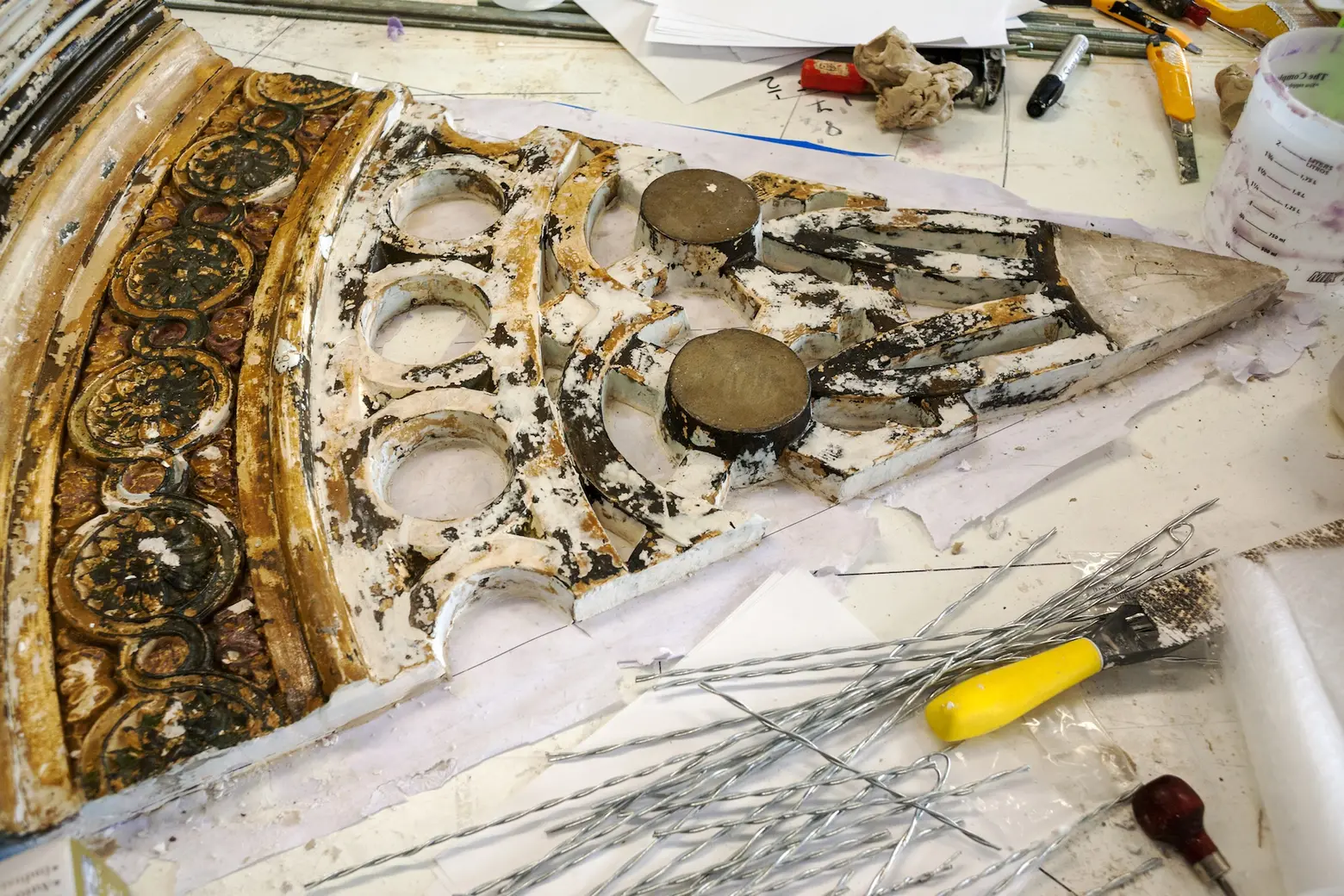
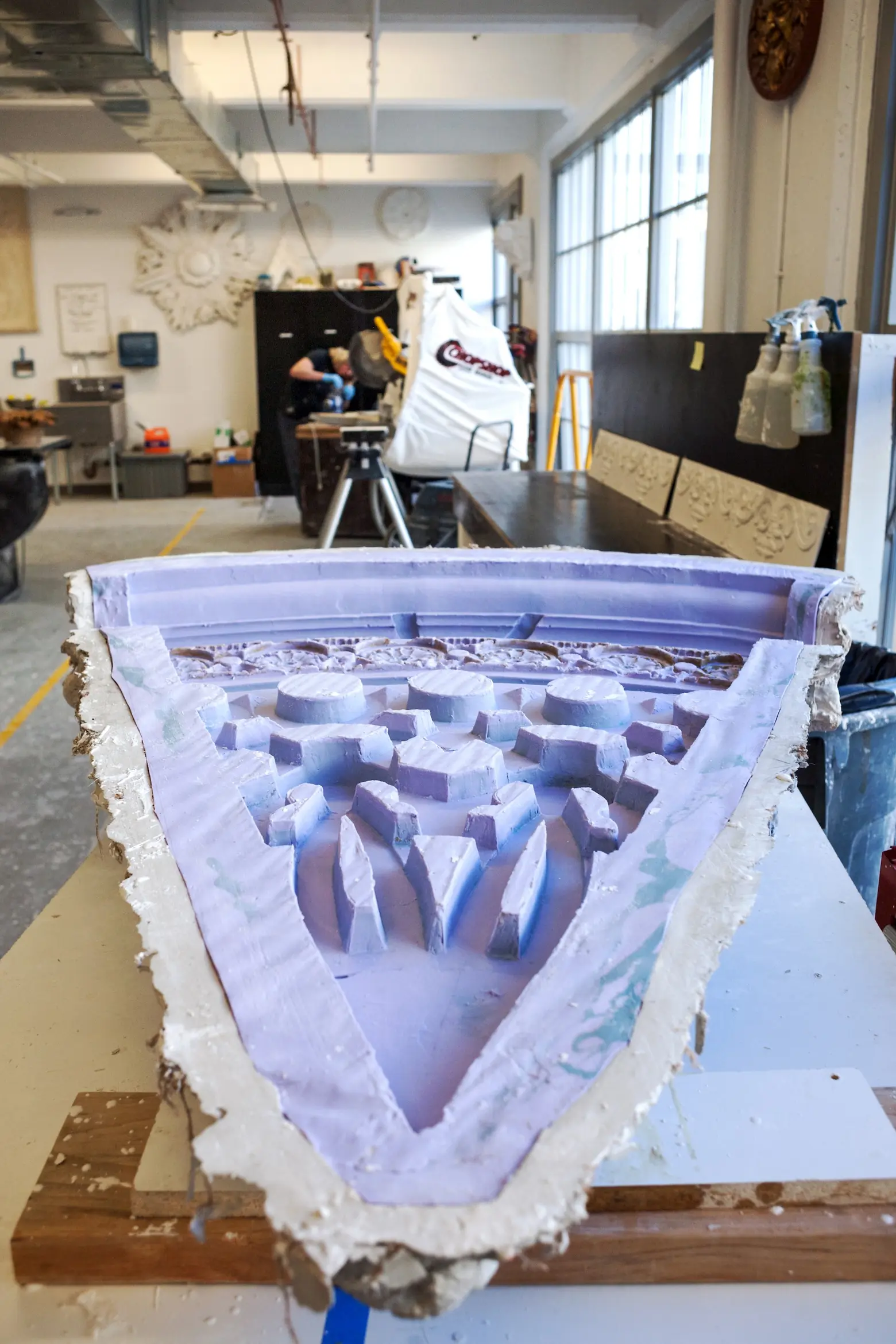
Presumably, in your work, you uncover a good deal of unexpected architectural components. Is there one project that surprised you the most?
Yes, the Portsmouth Music Hall. Everyone thought there was nothing there, but we found that it had been elaborately painted in the Victorian era. Nobody knew about it even though there had been a book written on it and though they had done a historic structures report. Finding what nobody expected was quite remarkable.
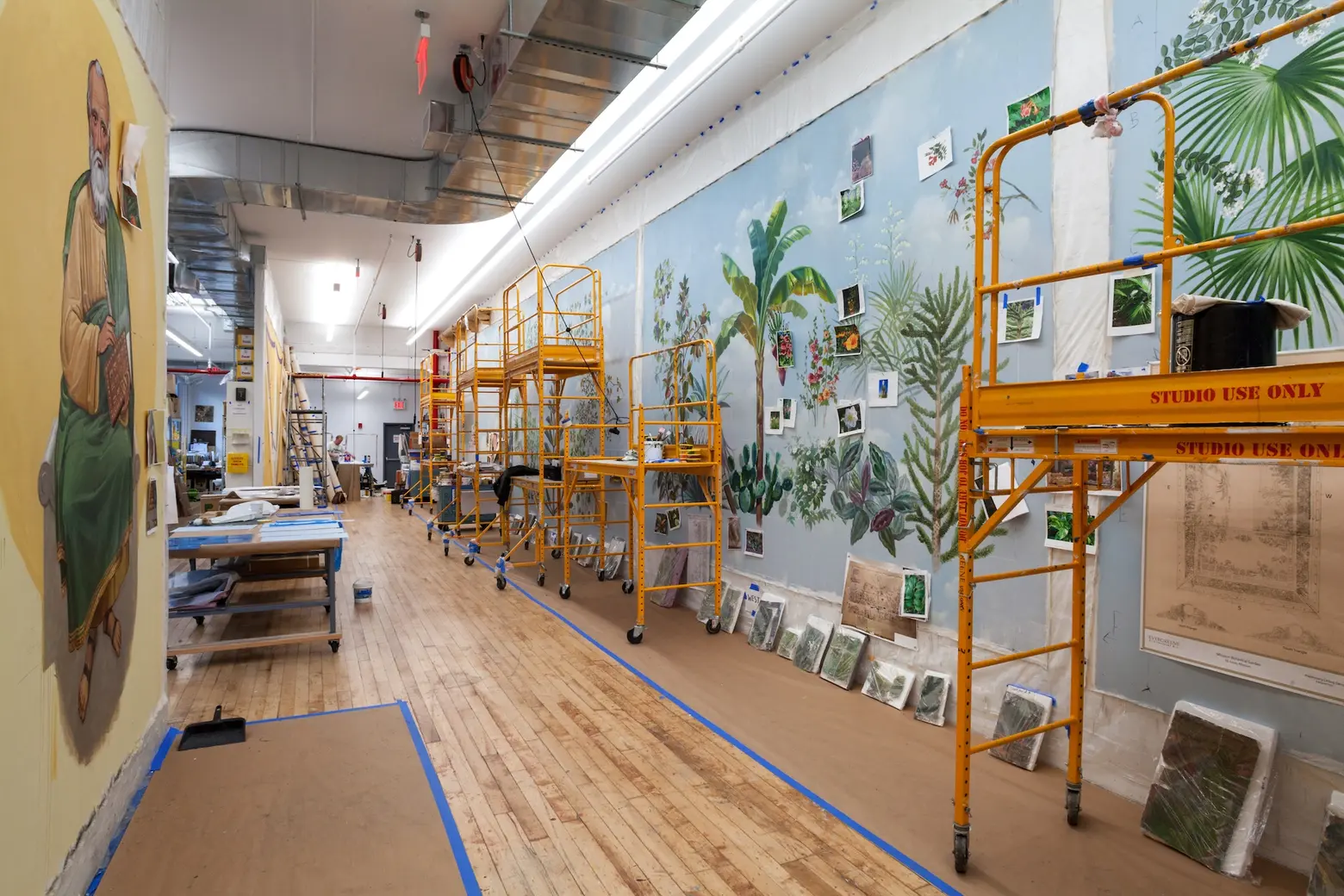
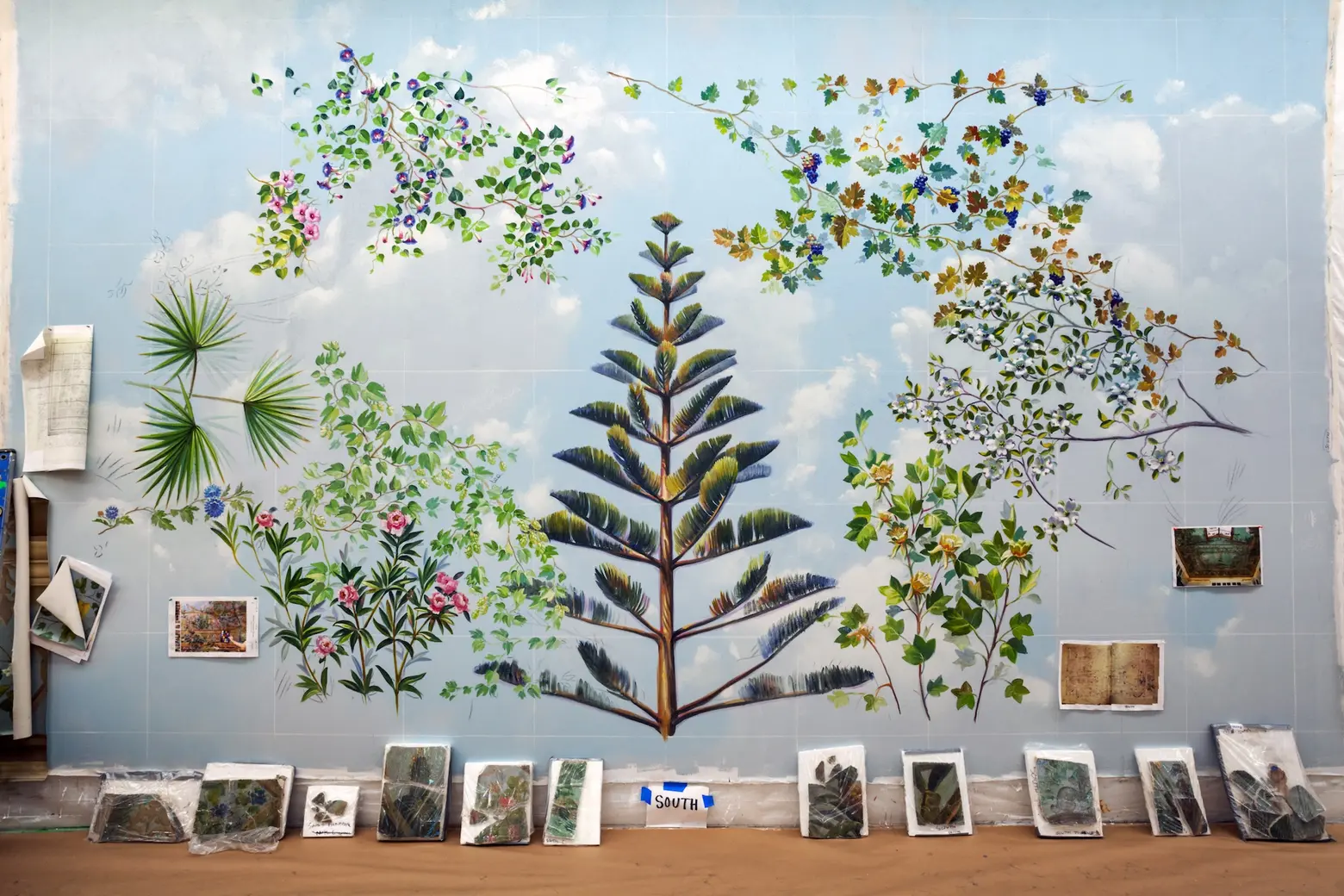 The huge botanical murals are for the Missouri Botanical Garden’s Tower Grove House in St. Louis
The huge botanical murals are for the Missouri Botanical Garden’s Tower Grove House in St. Louis
Has the type of commission you receive changed over the past 40 years?
Yes, the entire state of preservation has changed in 40 years. In the 70s, preservation was a new thing and was considered elitist, but it’s a much more mature field now and is accepted in the mainstream; everybody thinks about preservation.
In terms of commissions, there was a lot more visual creativity in the past. In the ’90s and early 2000s there was the theming (aka Las Vegas; NY, NY; Paris, etc.) that happened, and that was the source of a lot of work for us. In the same way that in the Victorian era there was all of that revivalist decoration, then there was an American Renaissance, and between the first and second World Wars there were a number of movements that happened including Art Deco. So I think we go through stylistic changes every 15 to 20 years.
We’re restoring modernist buildings now. Many of the most significant landmarks have already been done and even are being done the second time; it’s been 30 years and they’re coming around again for maintenance.
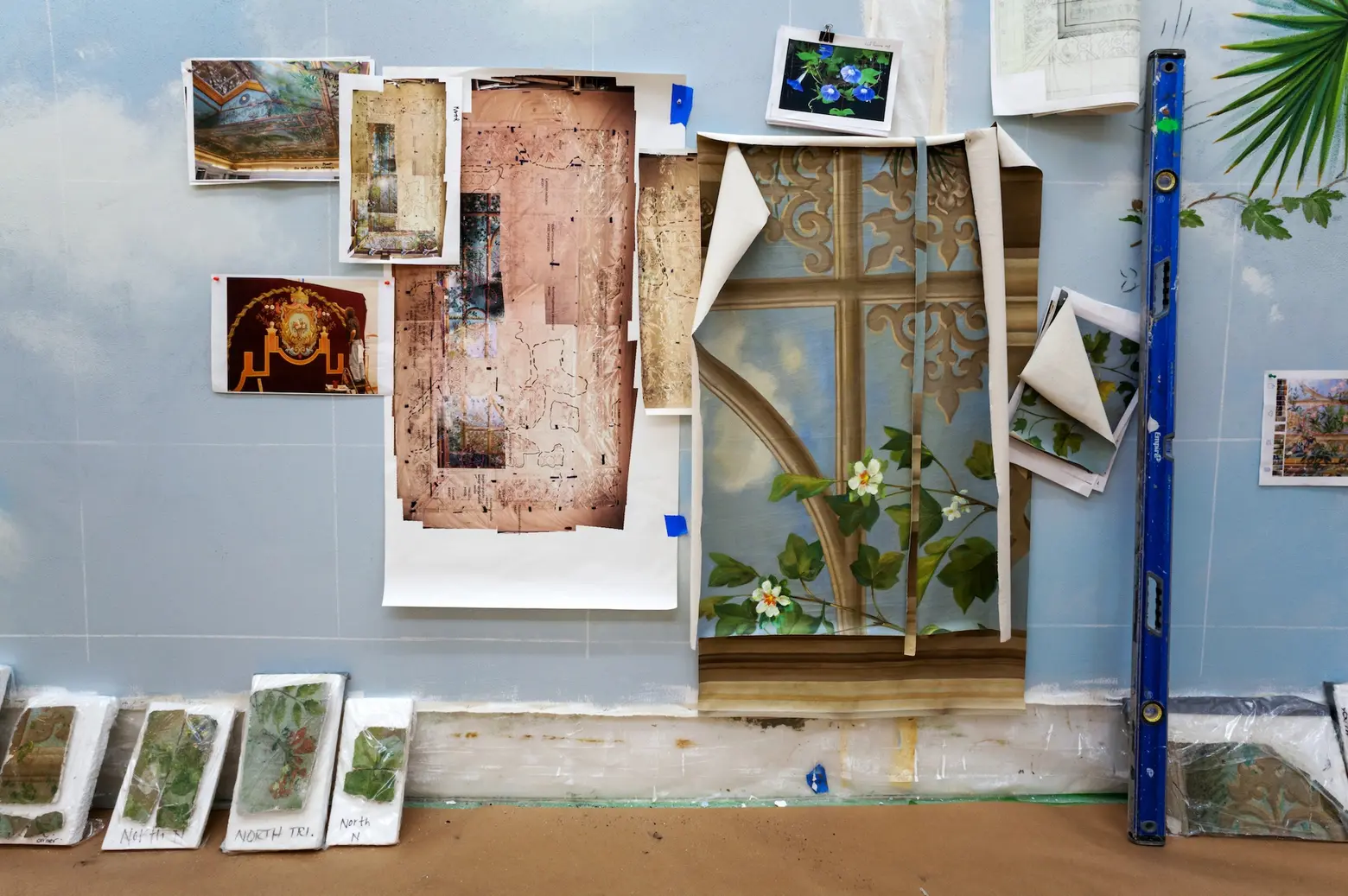
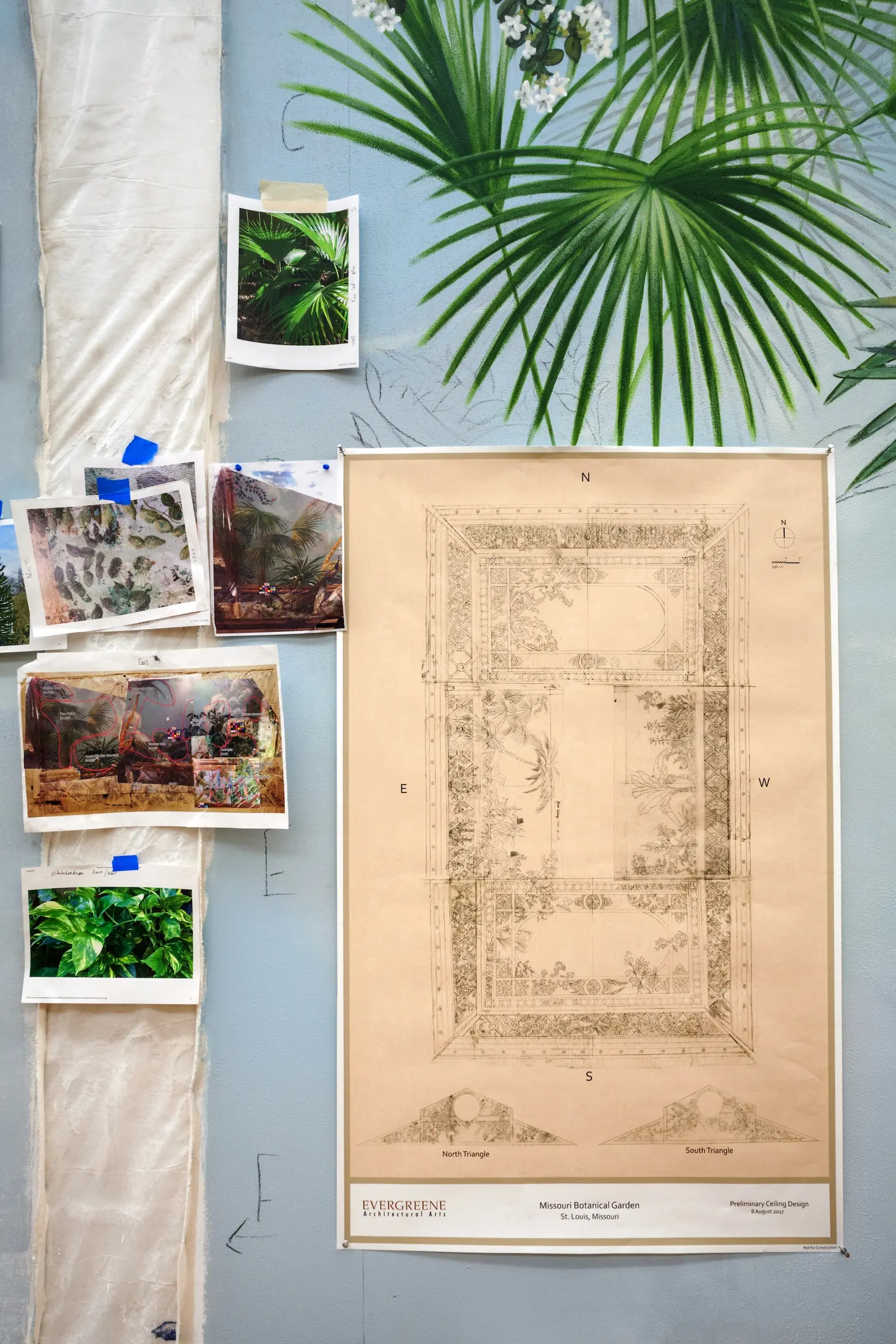
Why did you decide to move to Industry City from your previous Midtown West location?
Because of the Hudson Yards construction; we are essentially light manufacturing and we were an anachronism in that neighborhood. It suited us when we moved there in the late ’90s, but now it’s mostly offices. We’re people who work with our hands, so we moved to place that more suits what we do. And obviously, the atmosphere here and all the support and other tenants here are great.
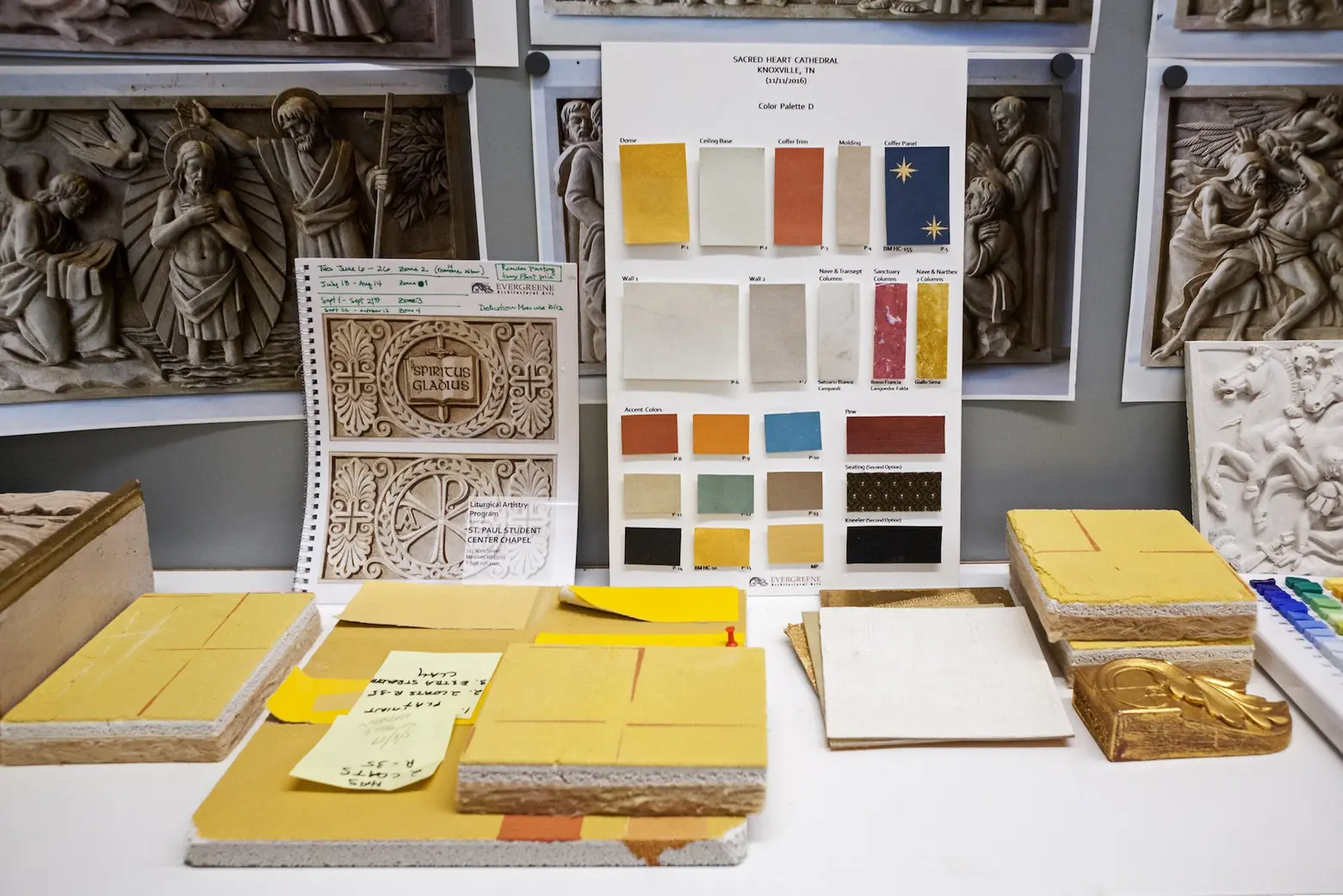
If you could work on any project anywhere in the world, what would it be?
I can’t say a specific project but rather a type of project where the client wants to do the best work – juicy buildings with lots of ornament where the clients want to do the right thing!
+++
Jeff Greene will receive the Historic District Council’s Landmarks Lion Award this coming Monday, October 23rd at 6:30pm at the University Club. For more details on the event and to purchase ticktes, click here >>
HDC is also hosting a behind-the-scenes tour of EverGreene Architectural Arts’ office and studios (as pictured here) tomorrow, October 19th, from 11:30am to 1:30pm. Register and purchase tickets here >>
+++
© All images taken by James and Karla Murray exclusively for 6sqft
